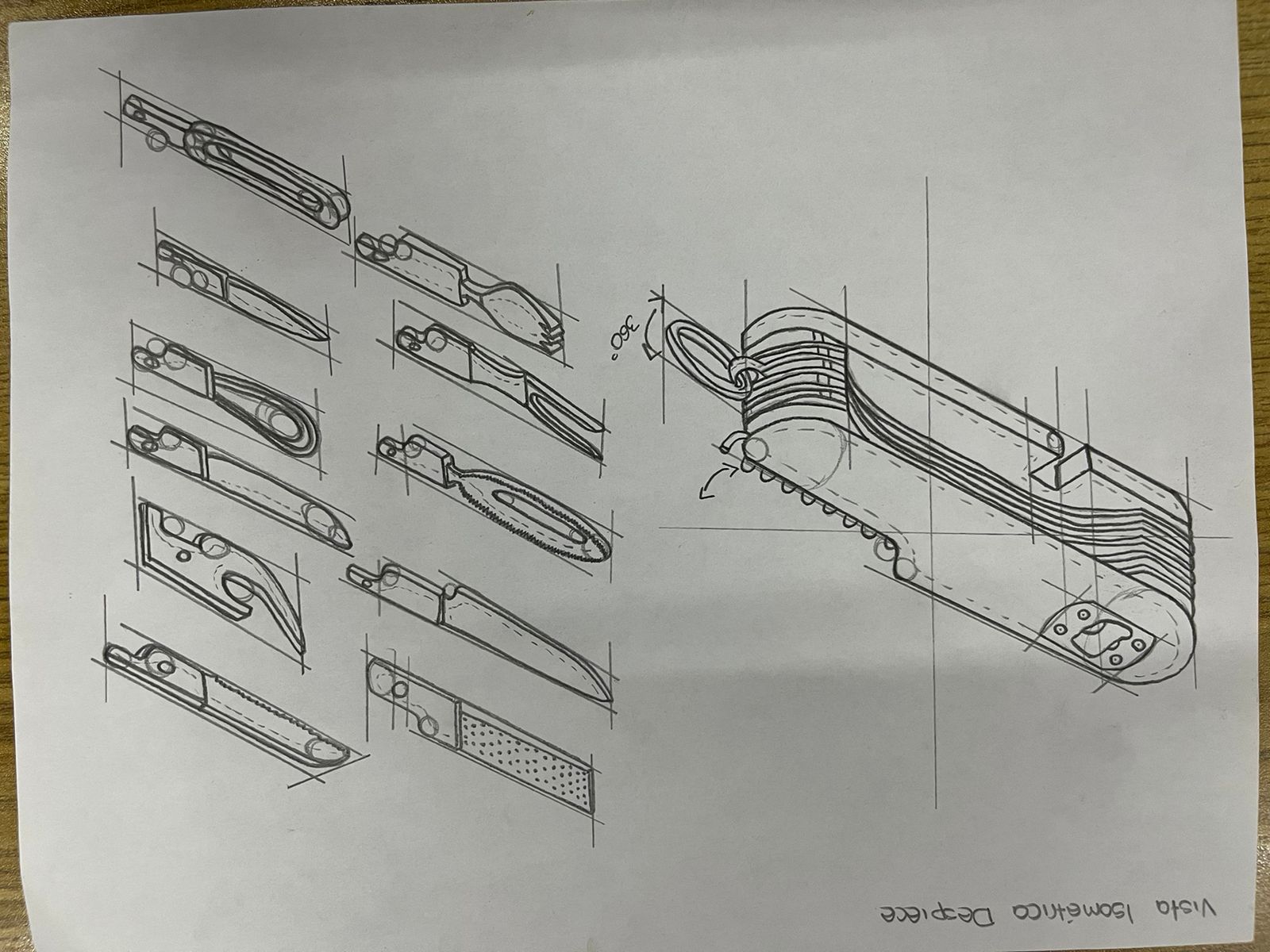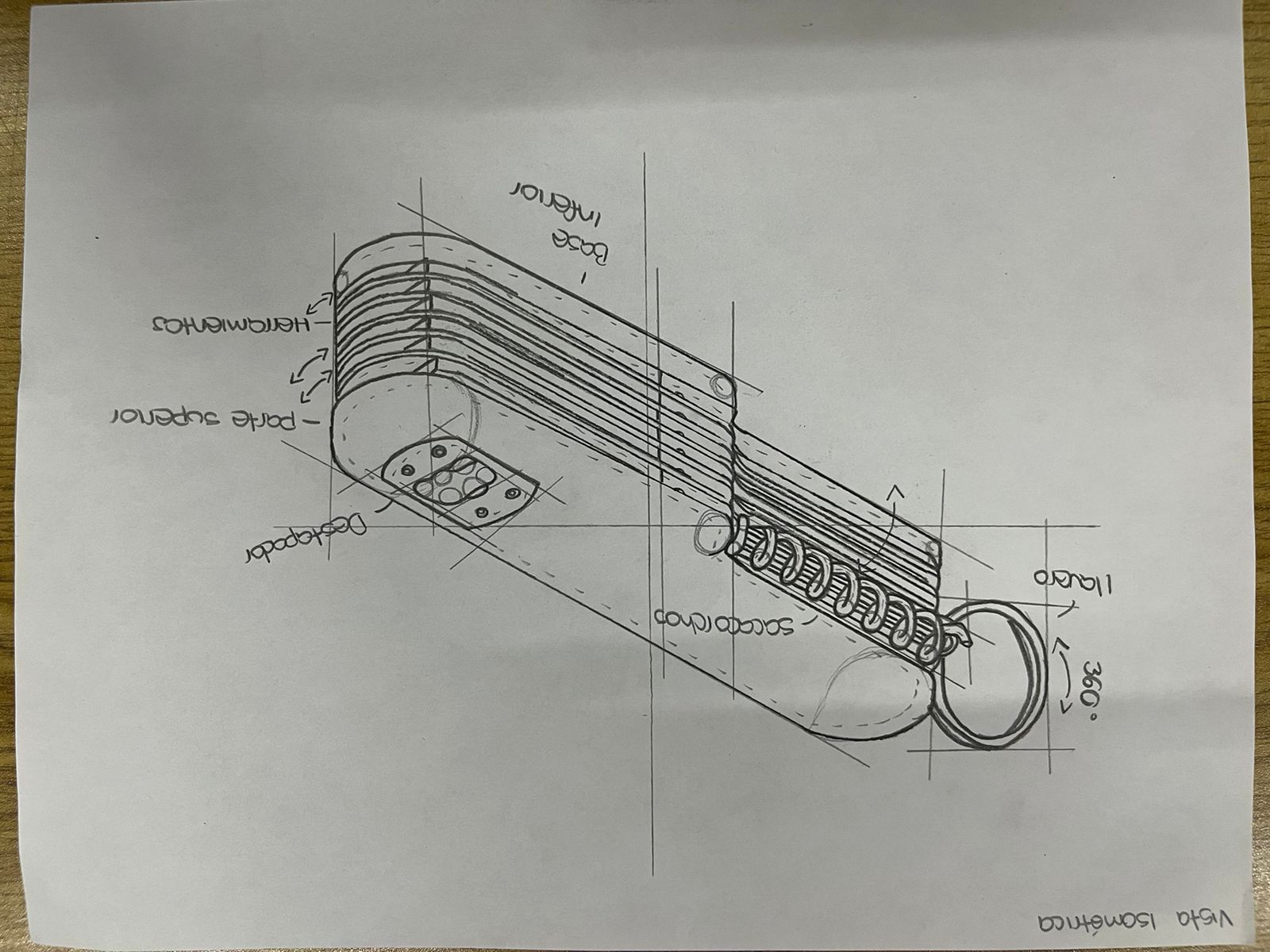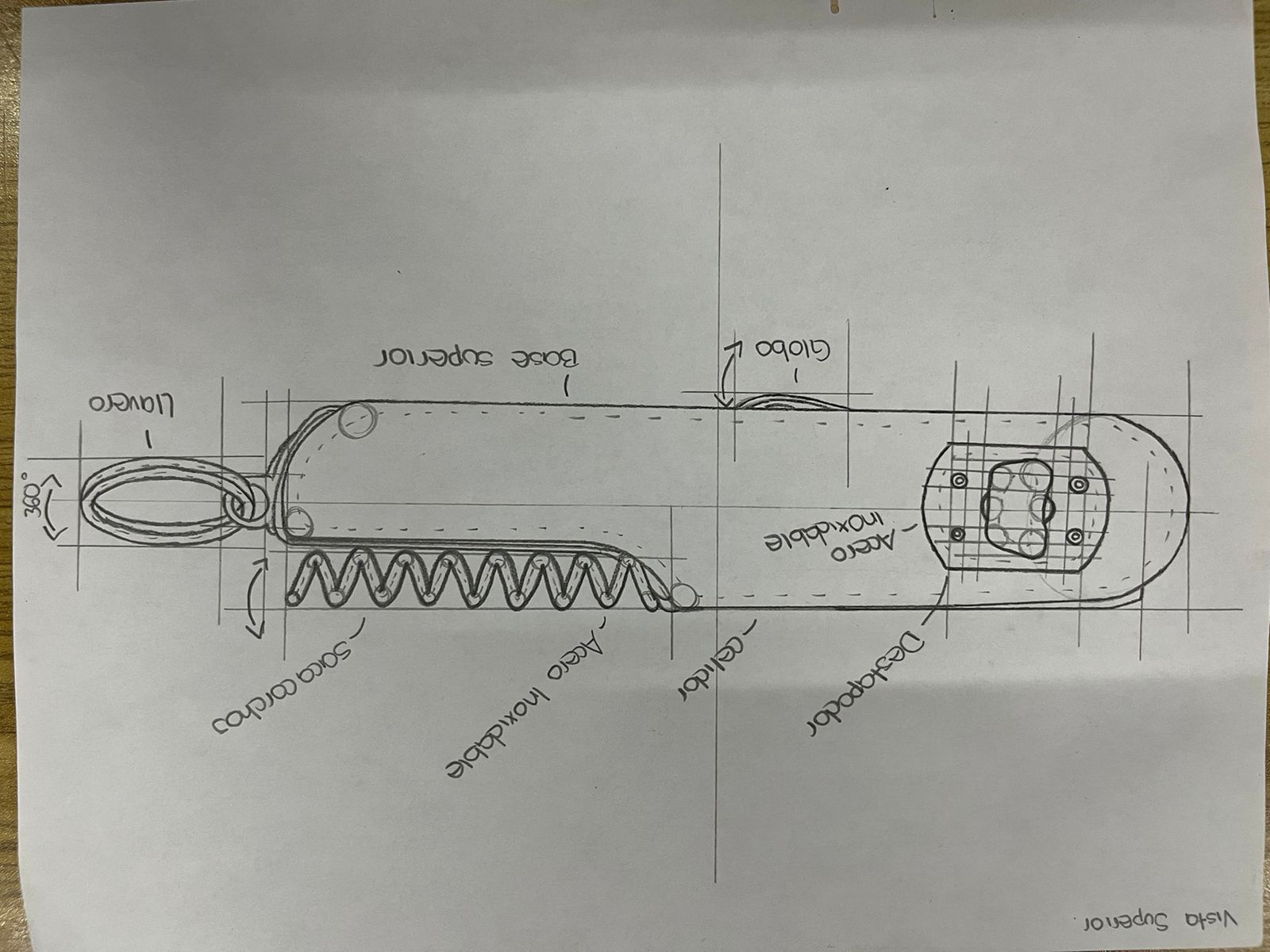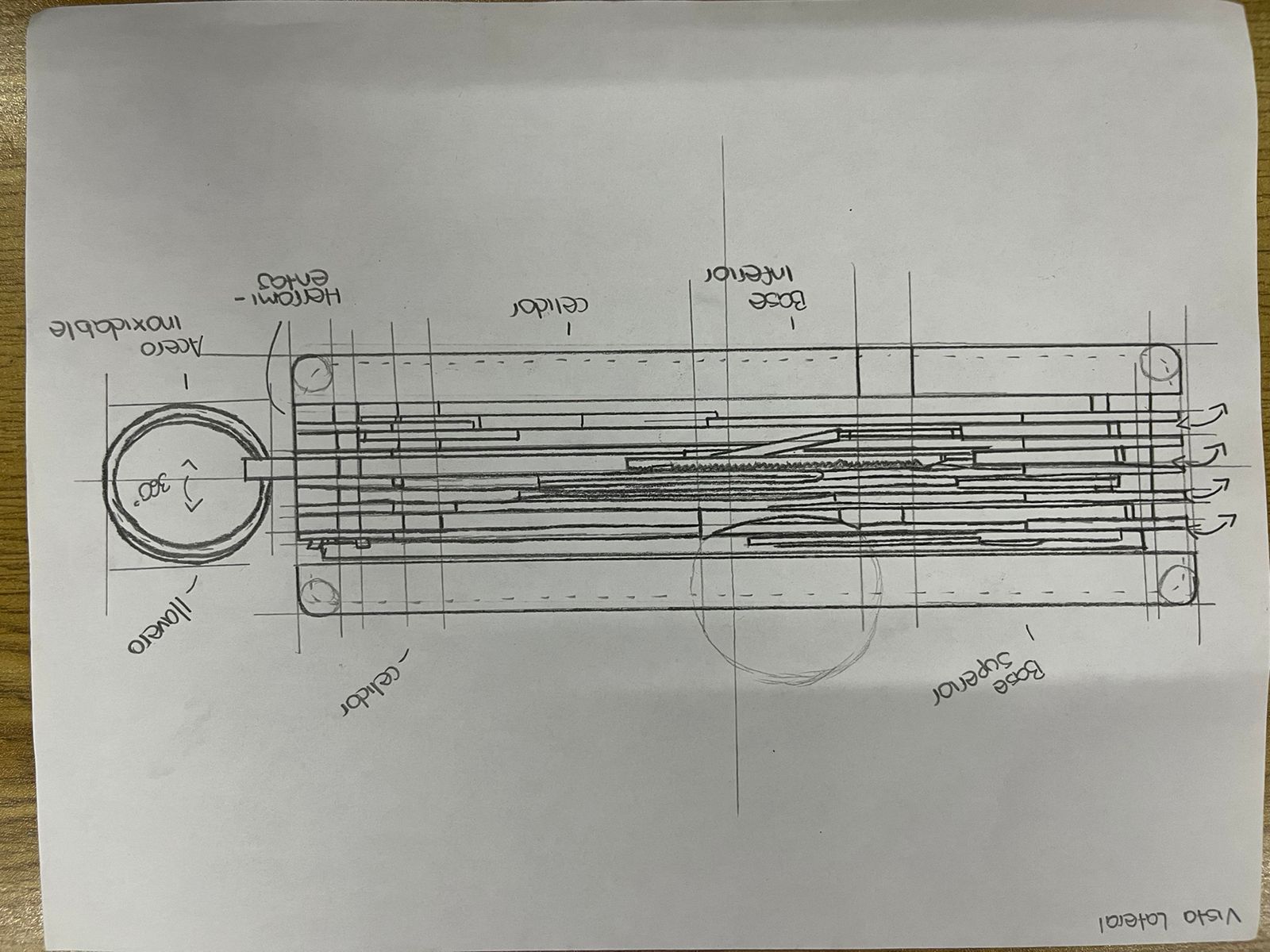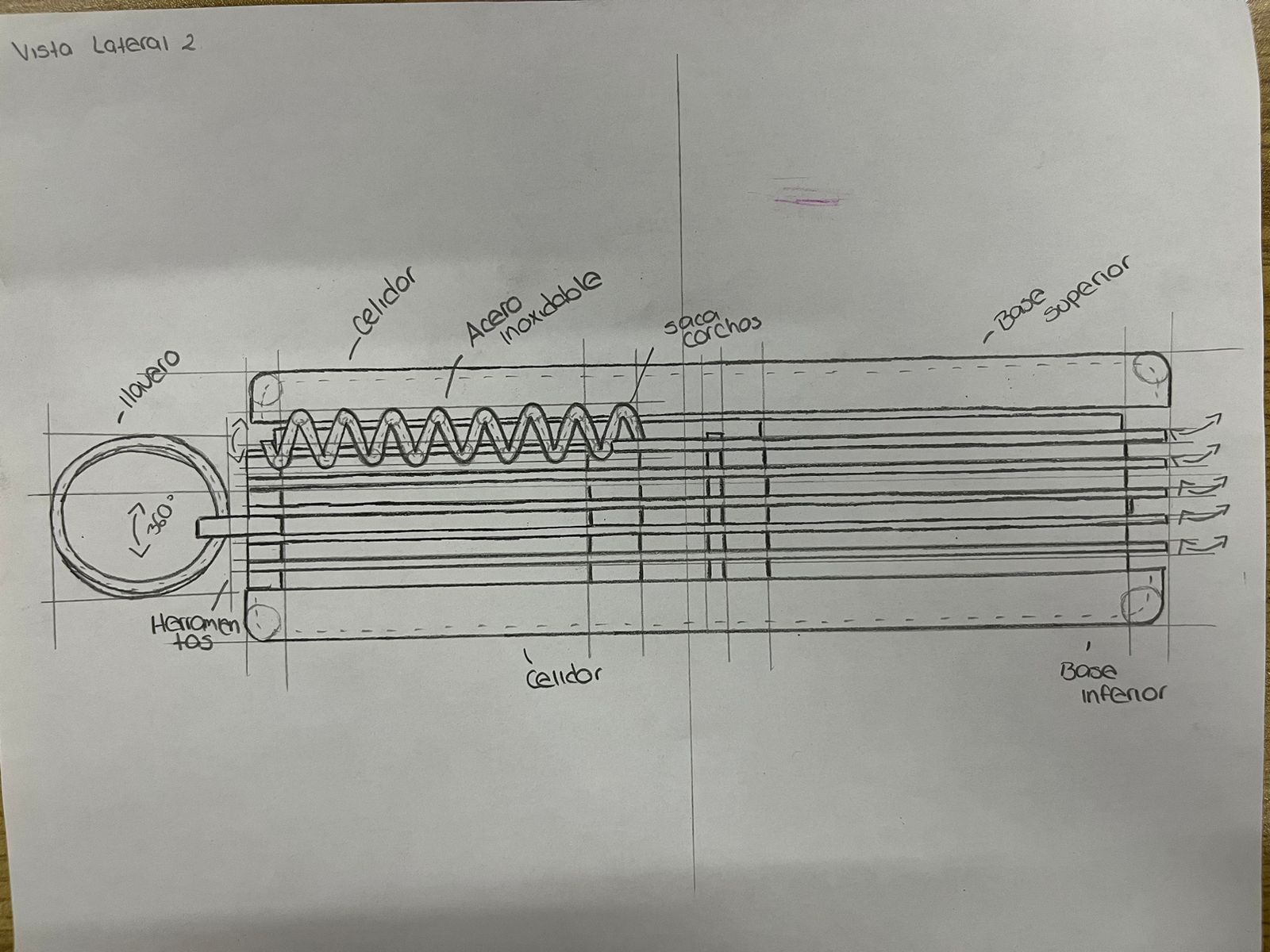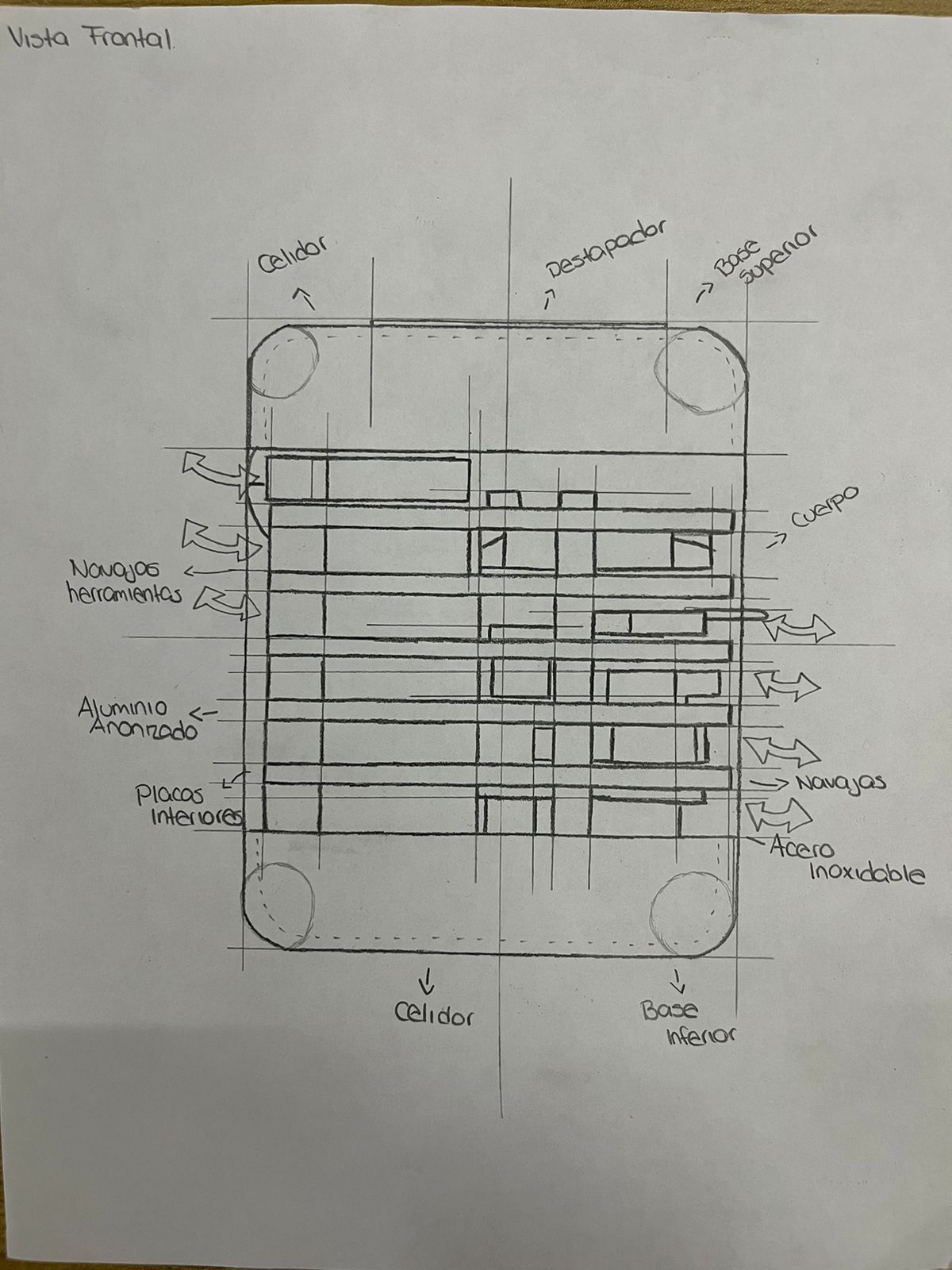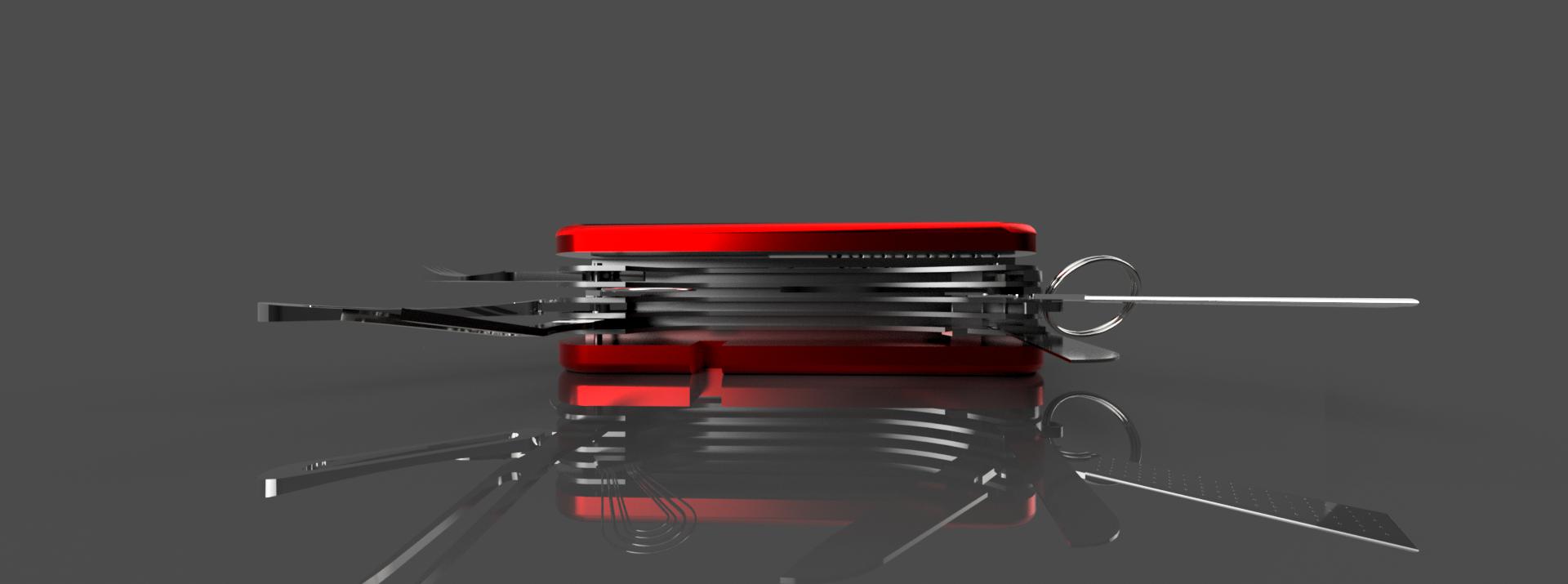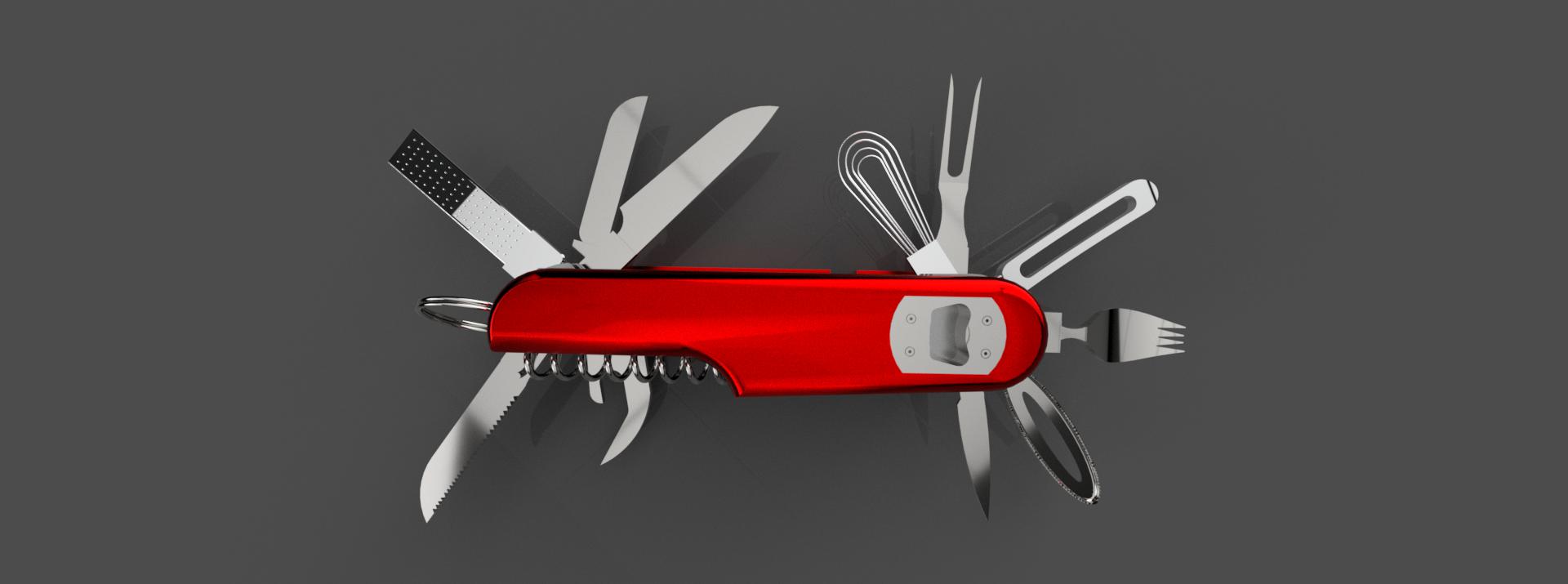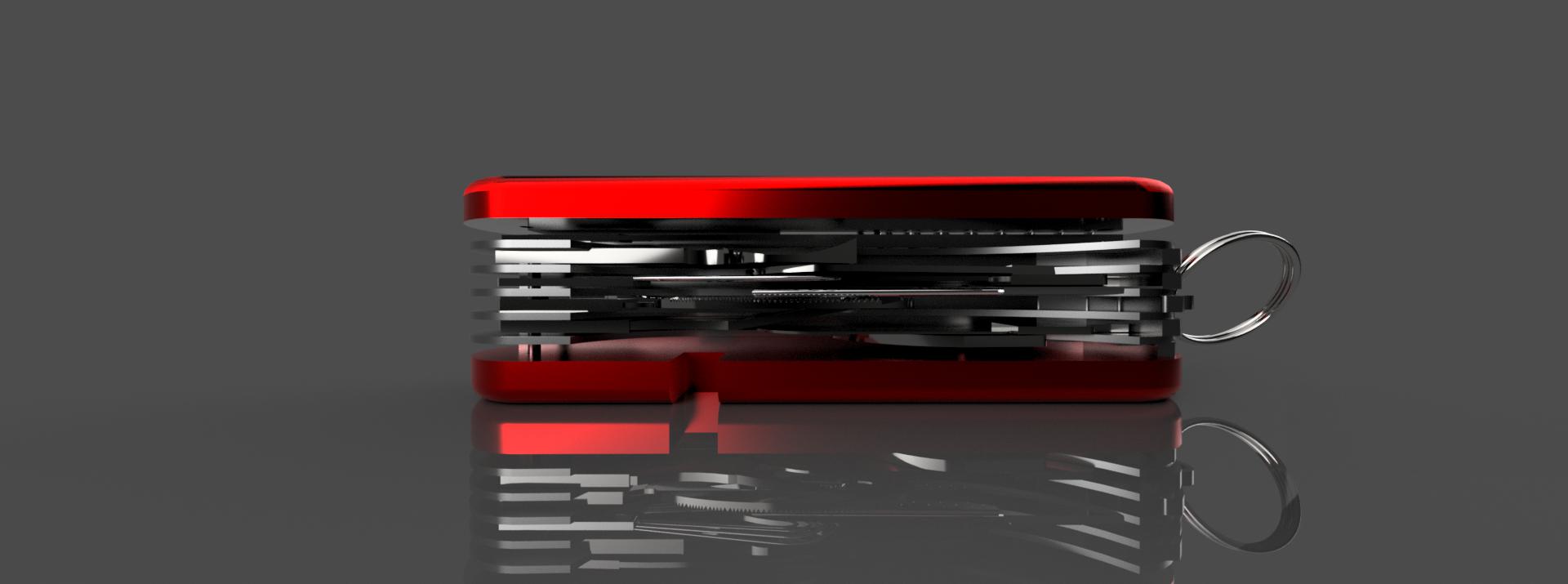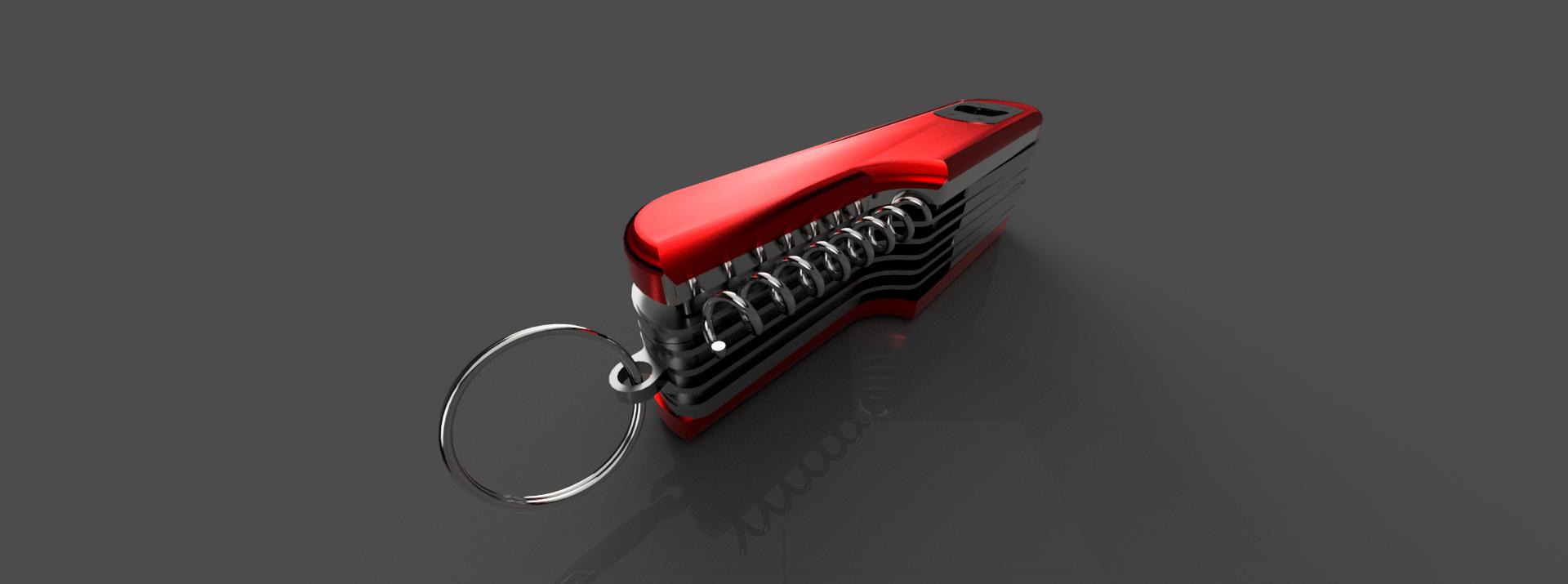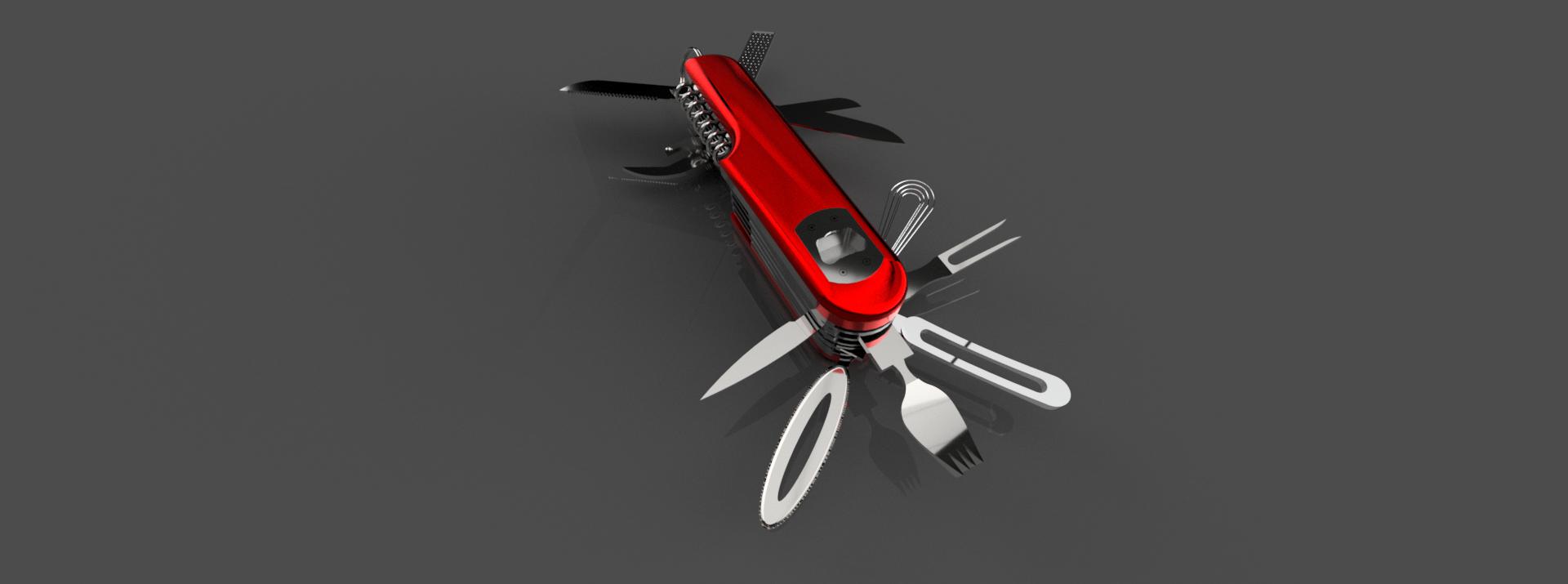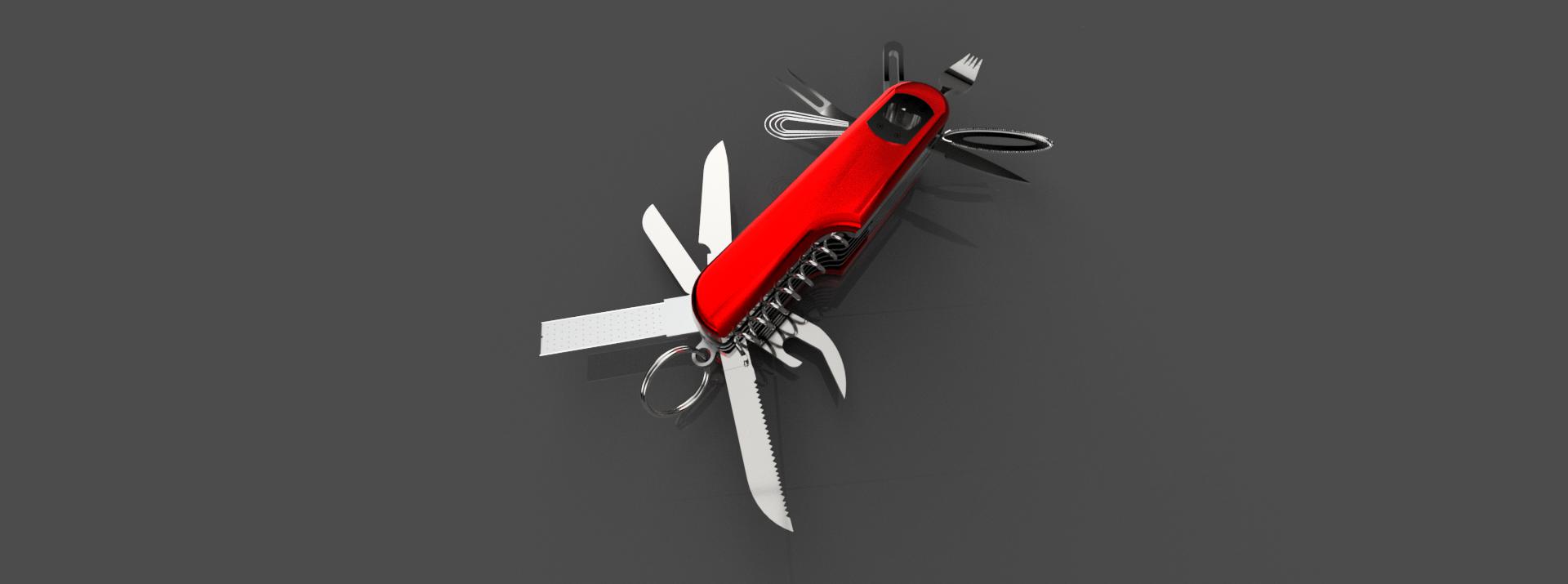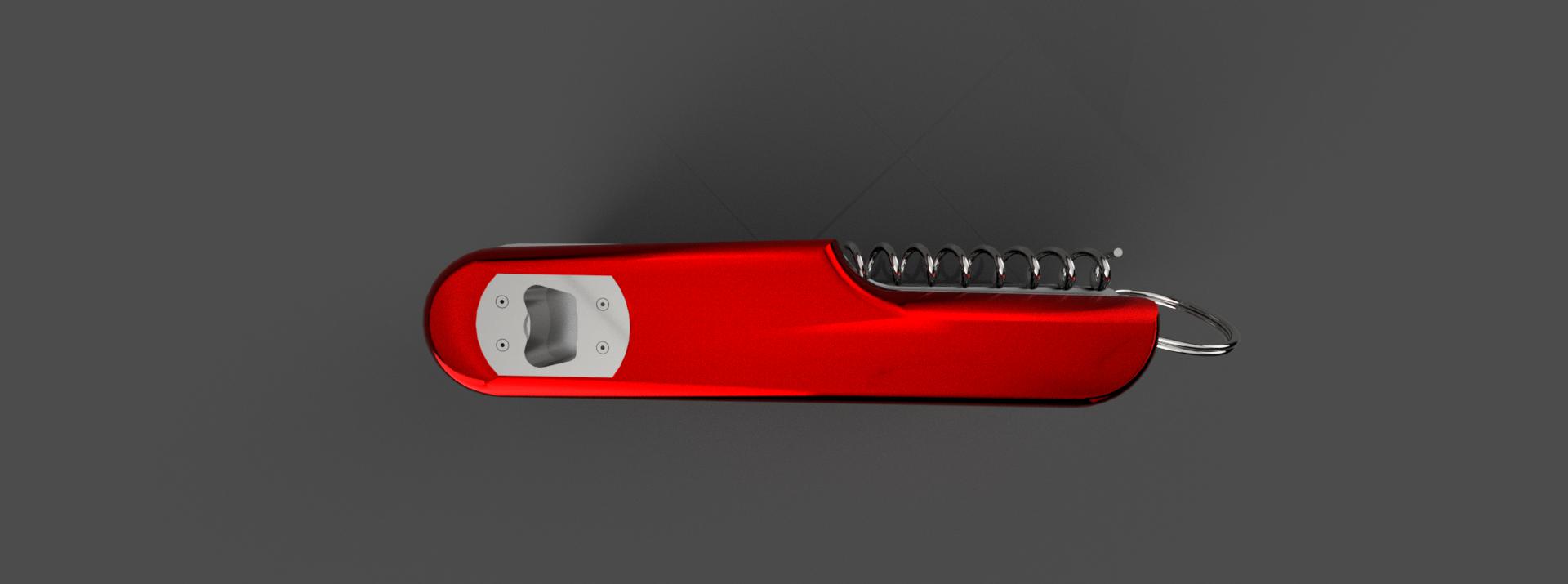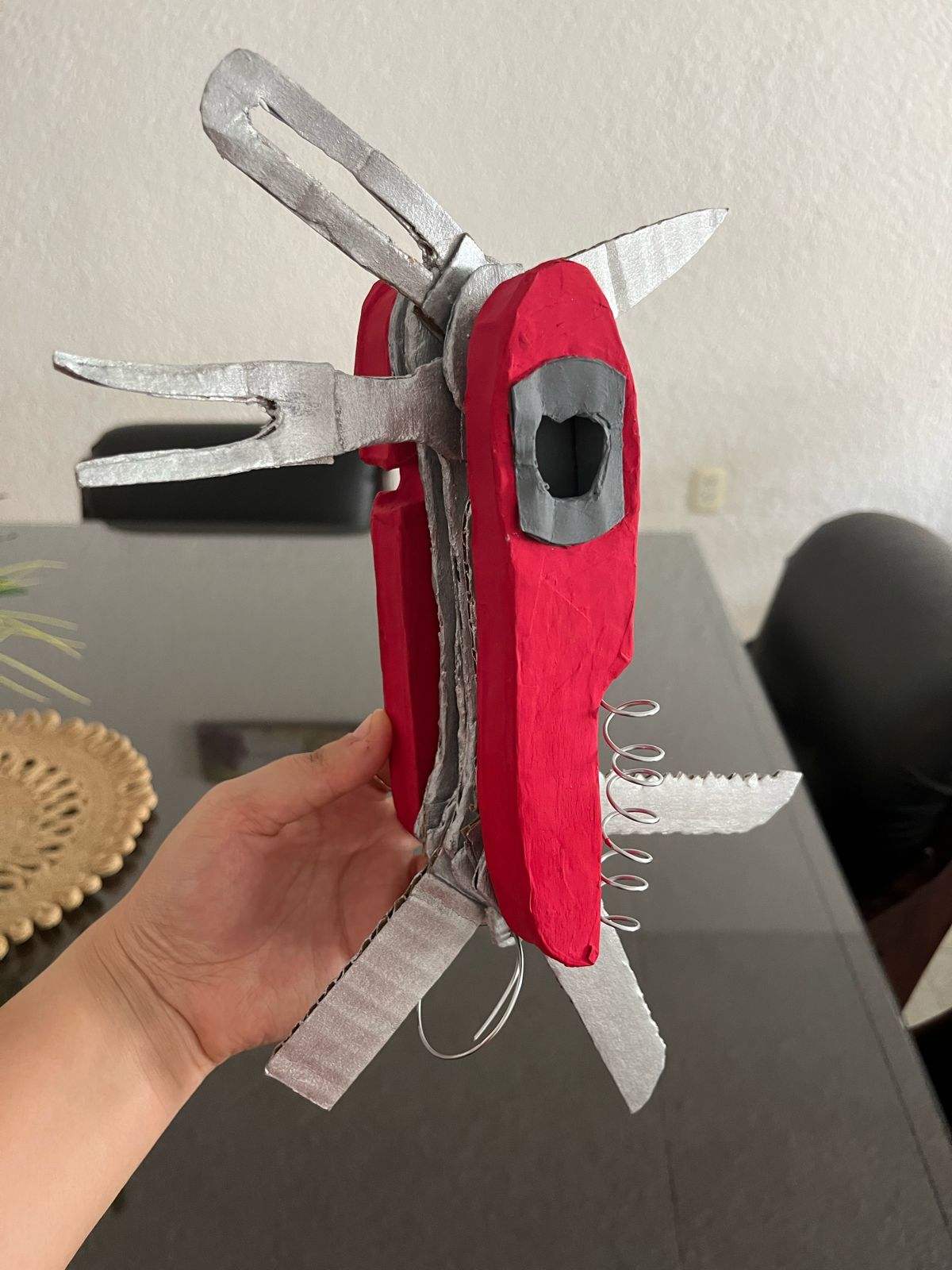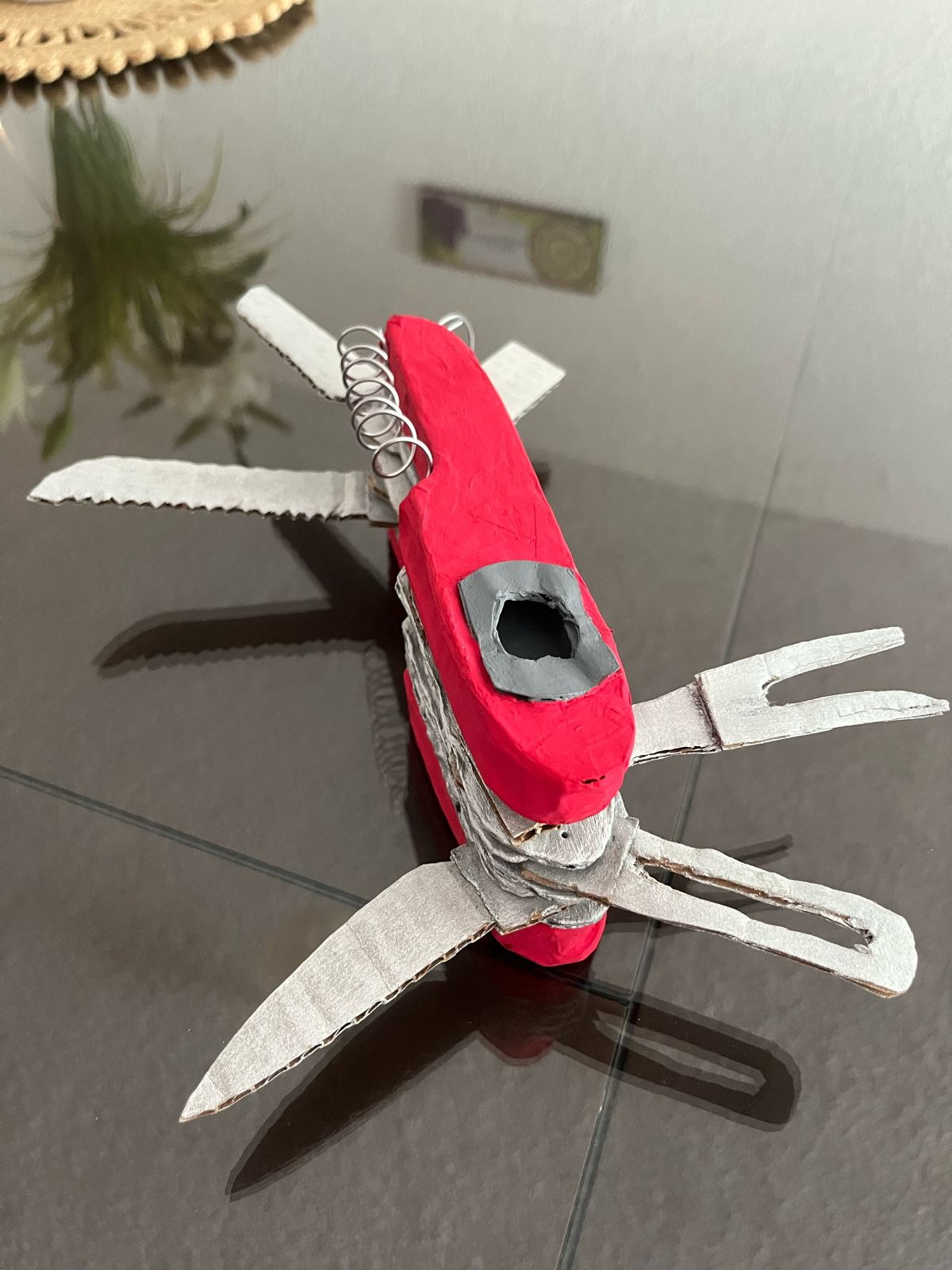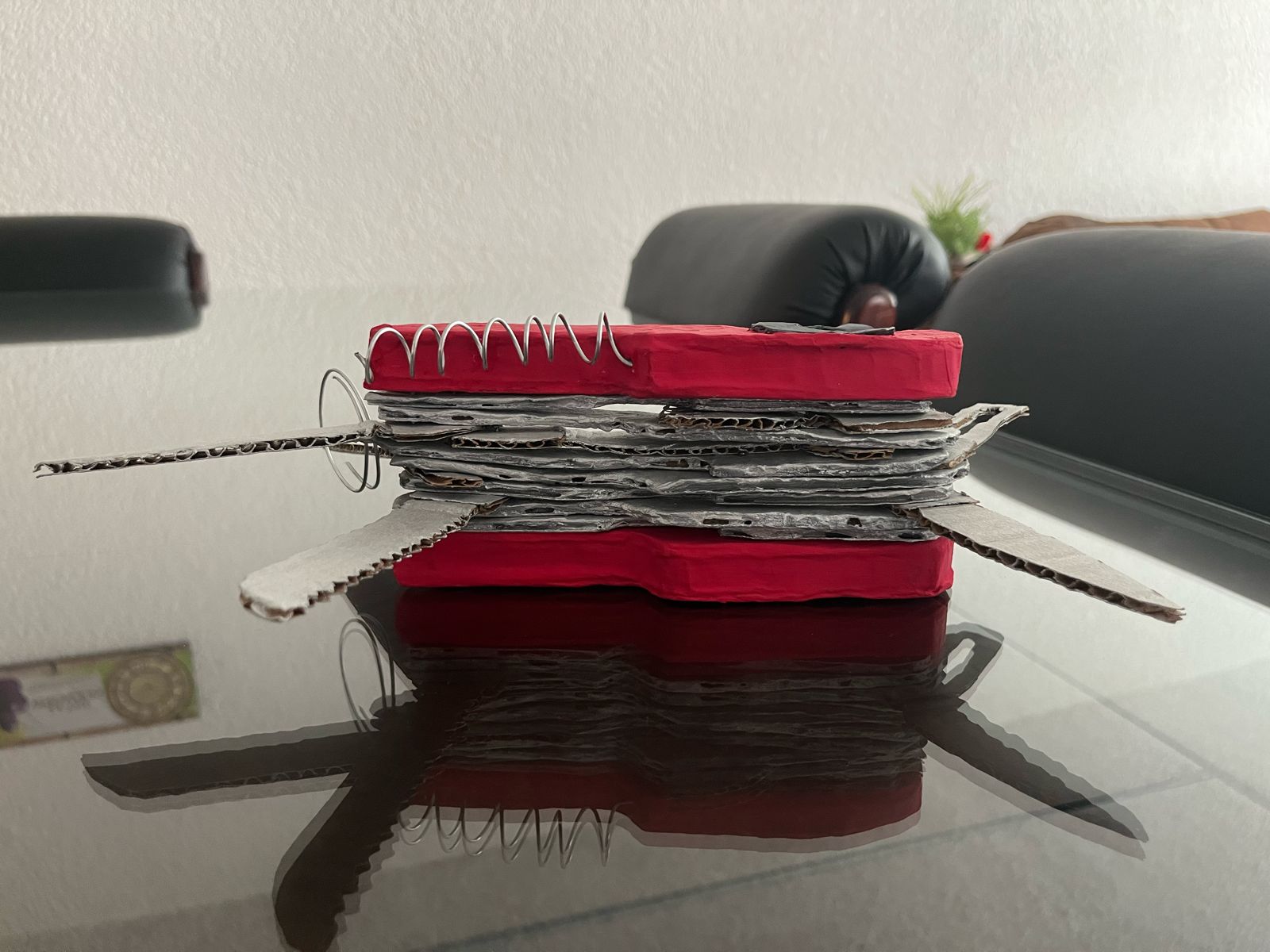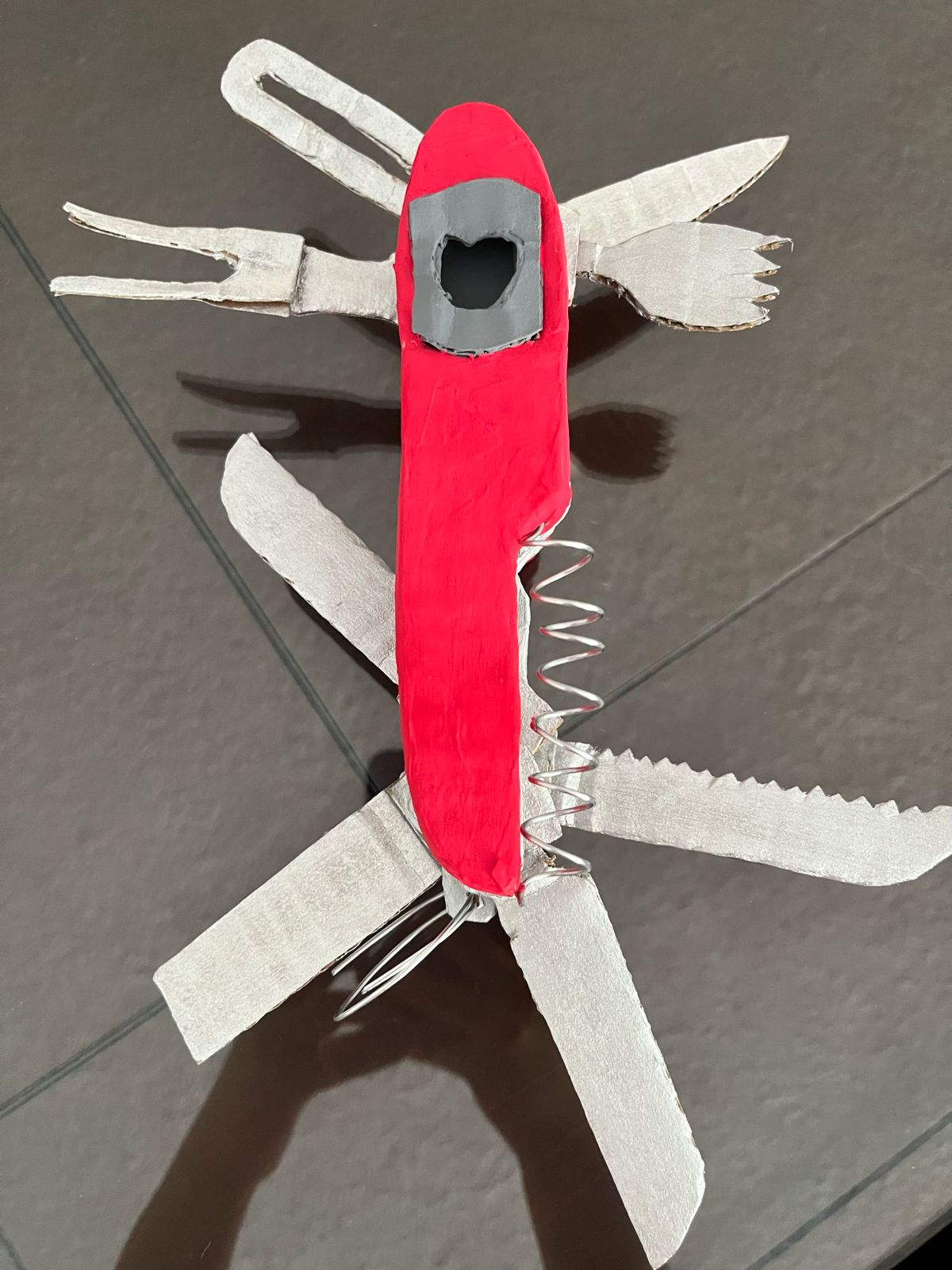The Swiss Army Knife is an iconic multifunctional tool, originally designed for the Swiss army, combining a variety of tools in a single compact and portable device.
But what if we took the design and replaced its tools with kitchen utensils?
In the Models and Prototypes class, the final project was to think of an object, either new or existing, but with a unique added value by each student.
Student Daniela Peña Navarro, from the 8th semester of the Bachelor’s Degree in Animation, had the idea of taking the concept of the Swiss Army Knife and changing its tools to kitchen utensils.
PROTOTYPE DESIGN
To start, like any idea, references must be sought to get a visual idea of what you want to work on. Then, necessary sketches are created to provide a visual guide of what the product could be.
This can start with rough sketches, but the final sketch must be clear.
To achieve clarity, a technical sketch or plan is created, defining characteristics such as measurements, functions, movement modes, or required pieces.
Doing this helps in the production phase, where the idea will be materialized. The sketches presented by the student were hand-drawn.
PRODUCT PROTOTYPE
In this phase, the product begins to be materialized, but since using materials involves a considerable cost, a prototype is made to ensure it will be a good product.
The prototype is the product going through a work curve, allowing for adjustments and functionality checks according to the design, and proposing and working on improvements if necessary.
Materials for a prototype are usually very economical; examples include wood, resins, foam, cardboard, among others.
Working with these materials helps reduce costs without compromising form and functionality. Once a prototype is approved, production begins with the final material.
For the student’s Swiss Army Knife, she decided to use cardboard, a light material that is easy to handle and cut.
After cutting the pieces, she gave them a light coating of clay to add rigidity and provide a surface for painting.
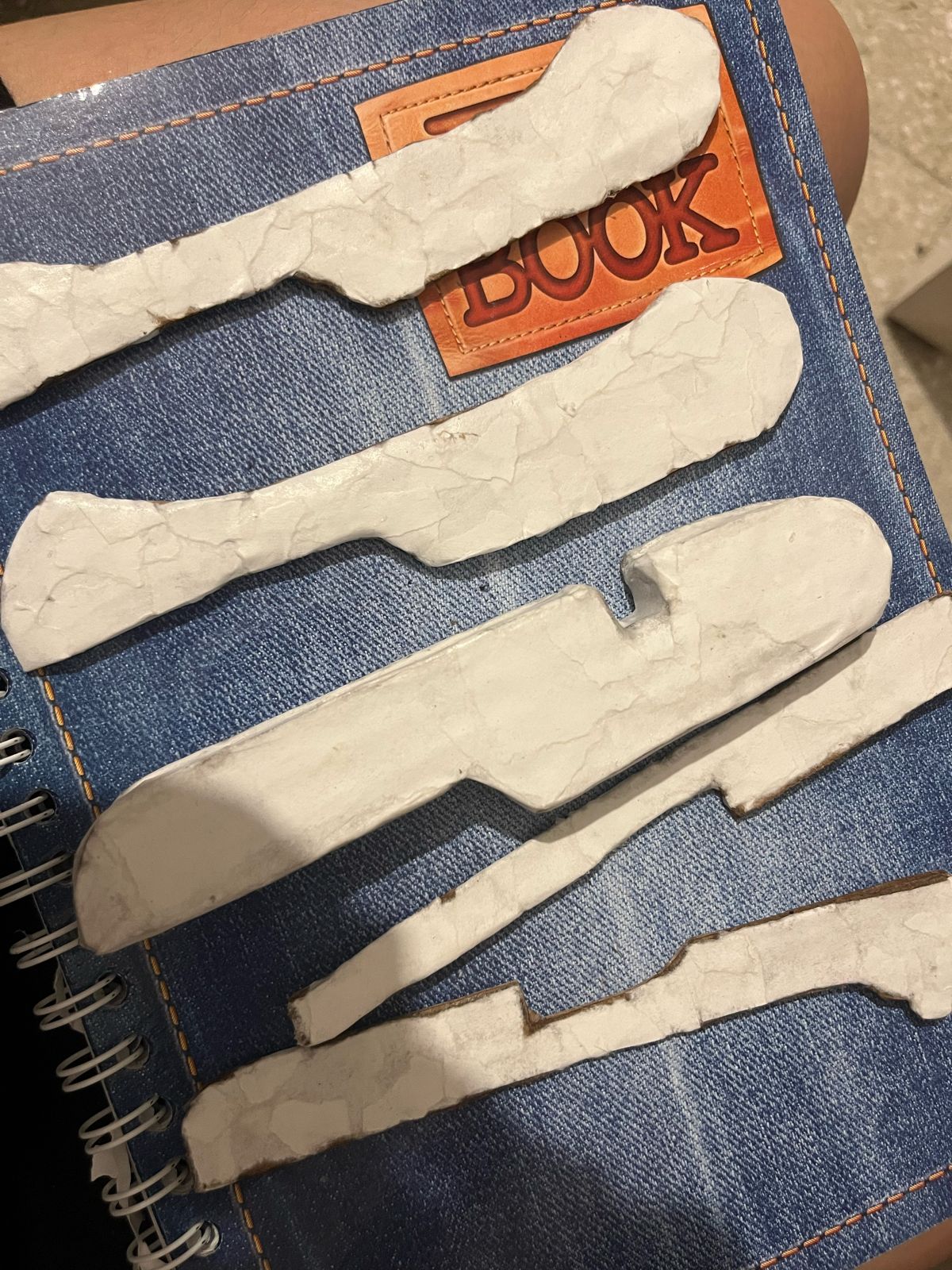
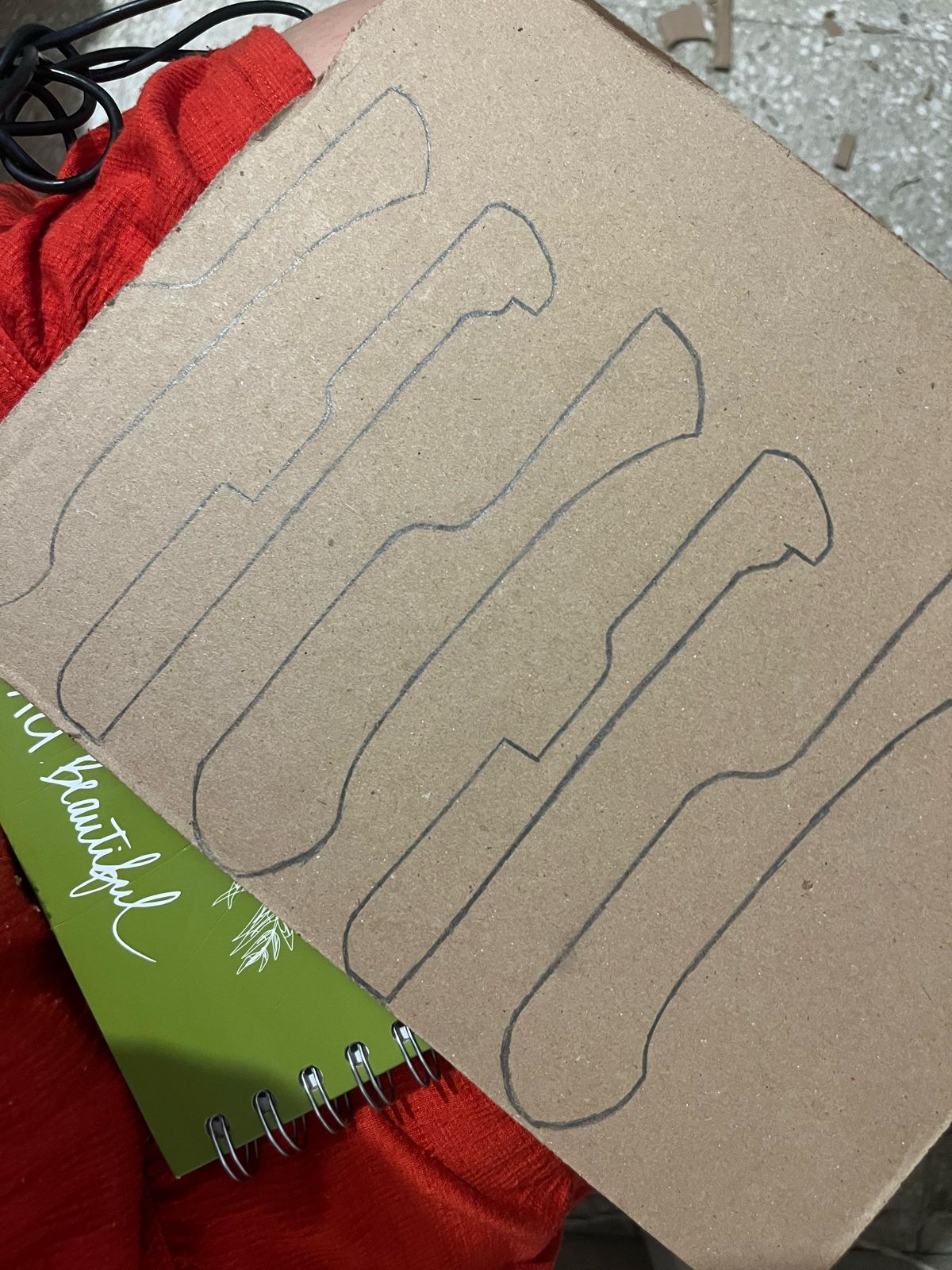
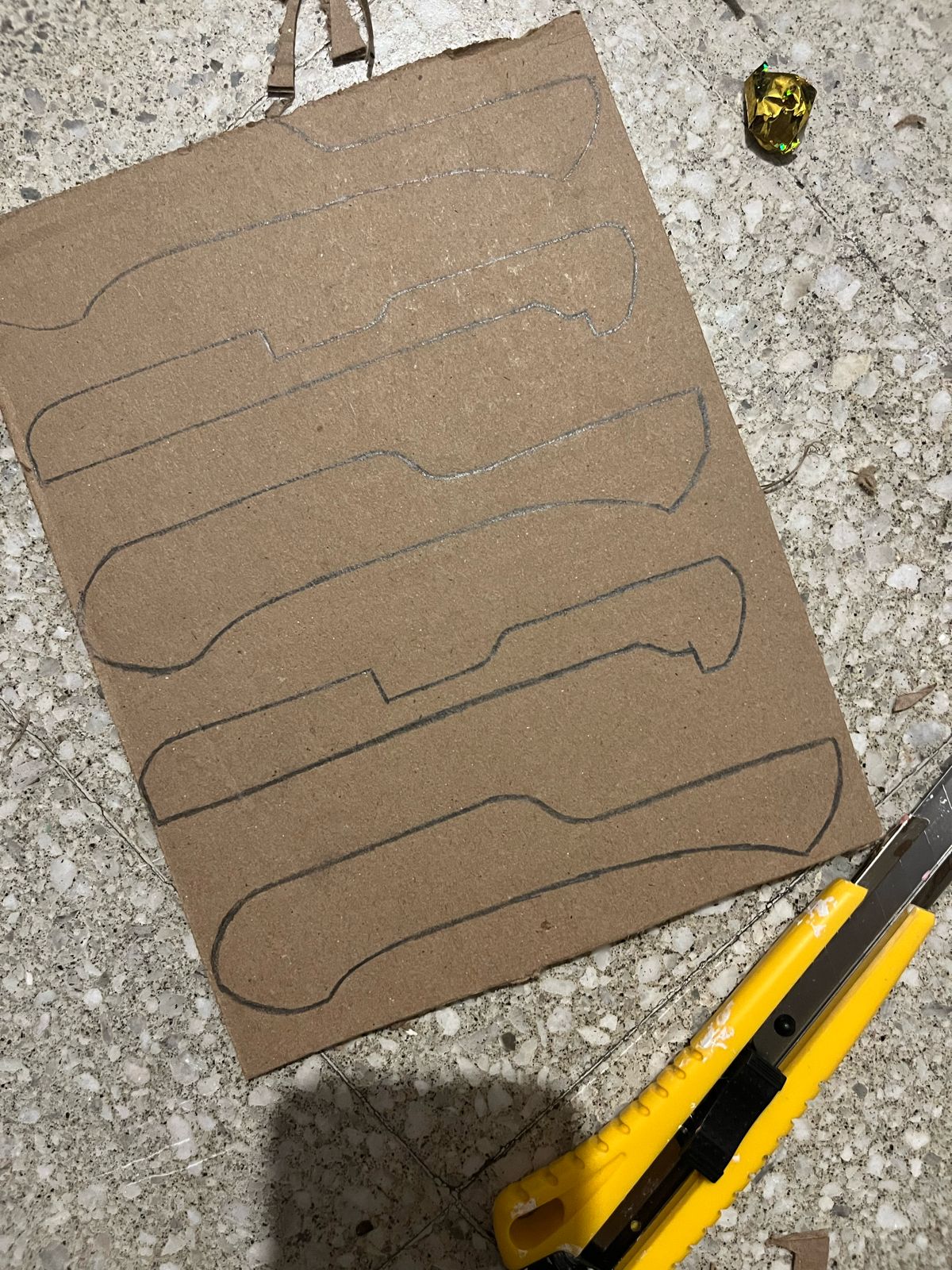
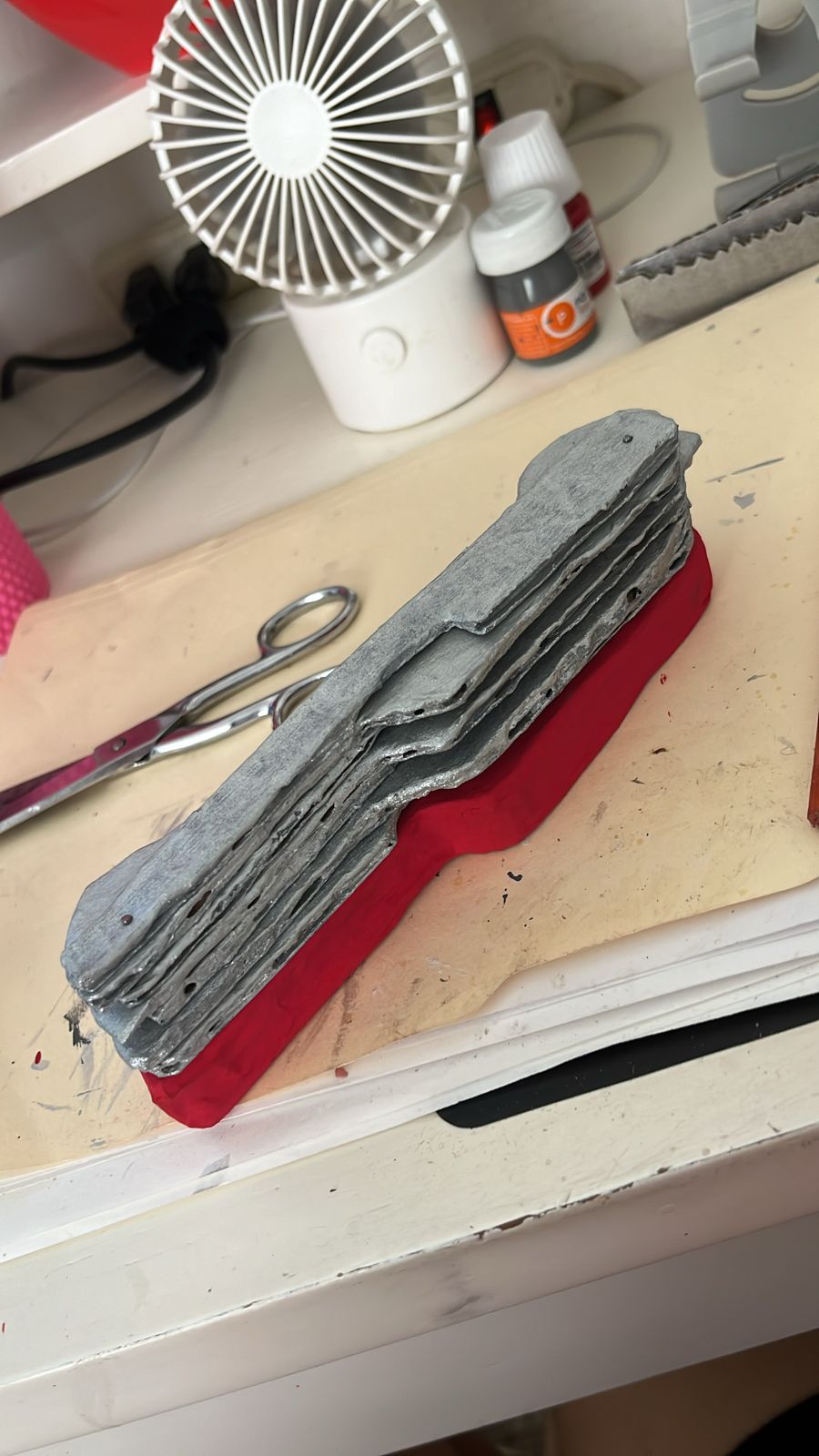
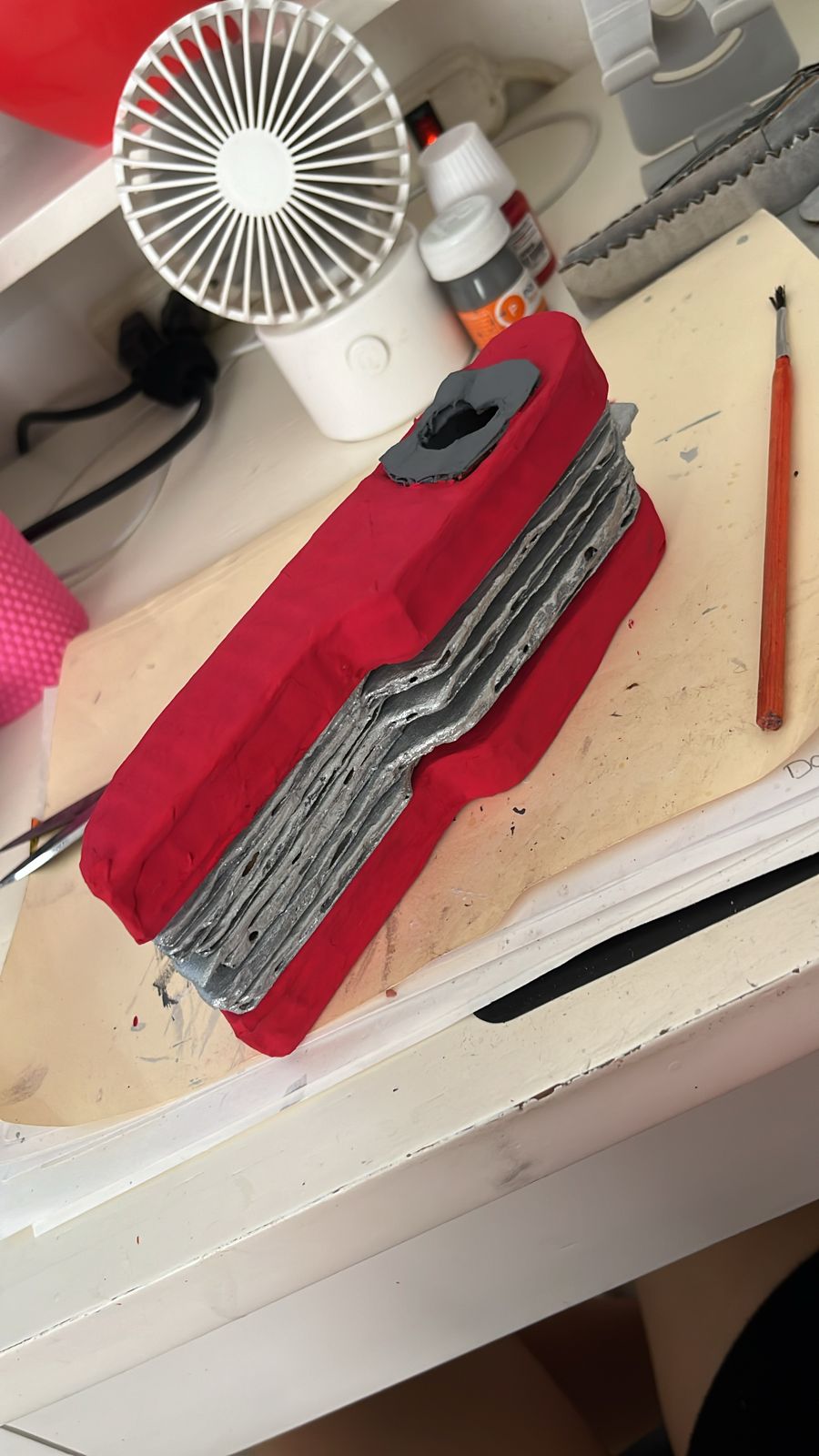
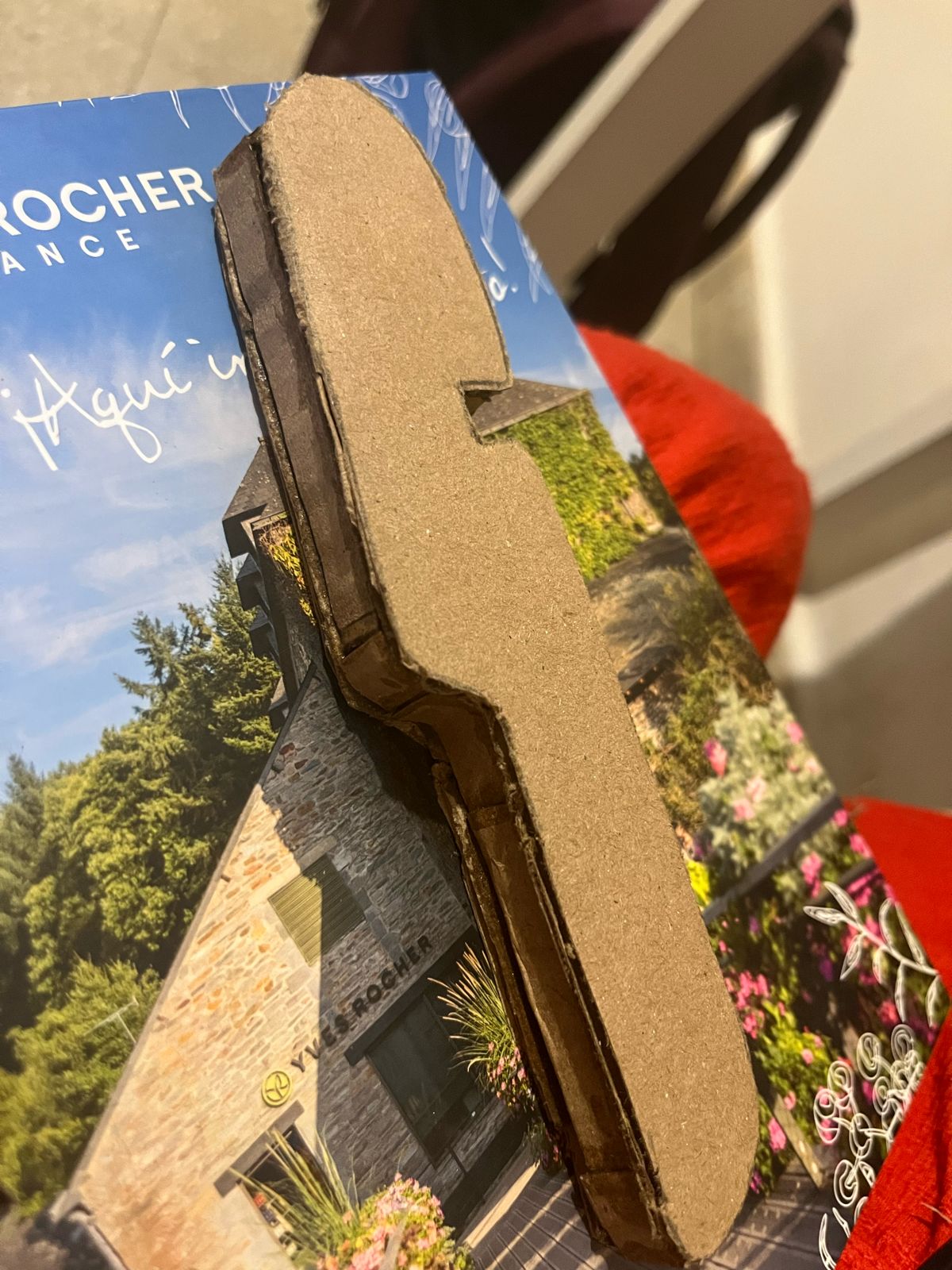
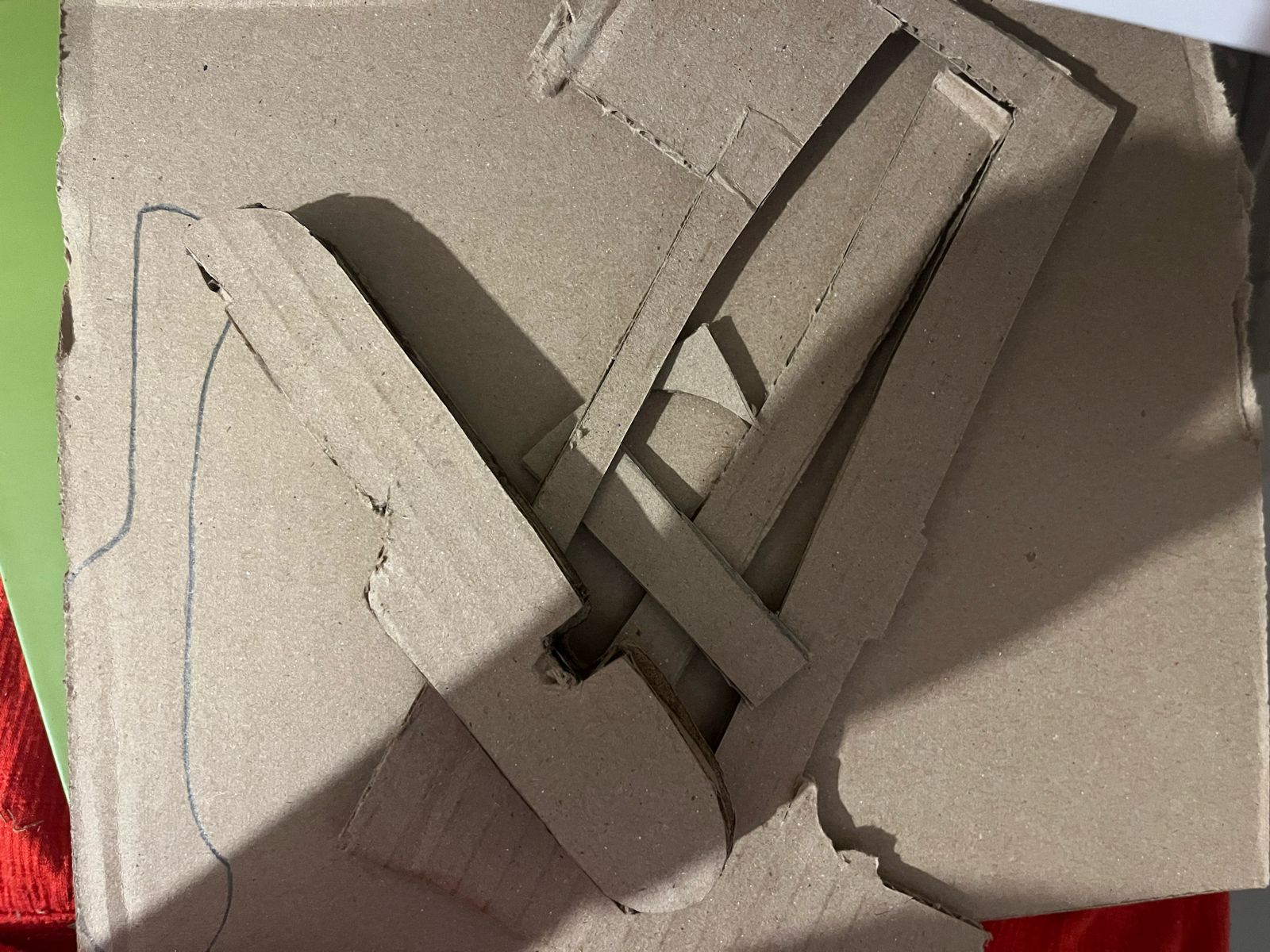
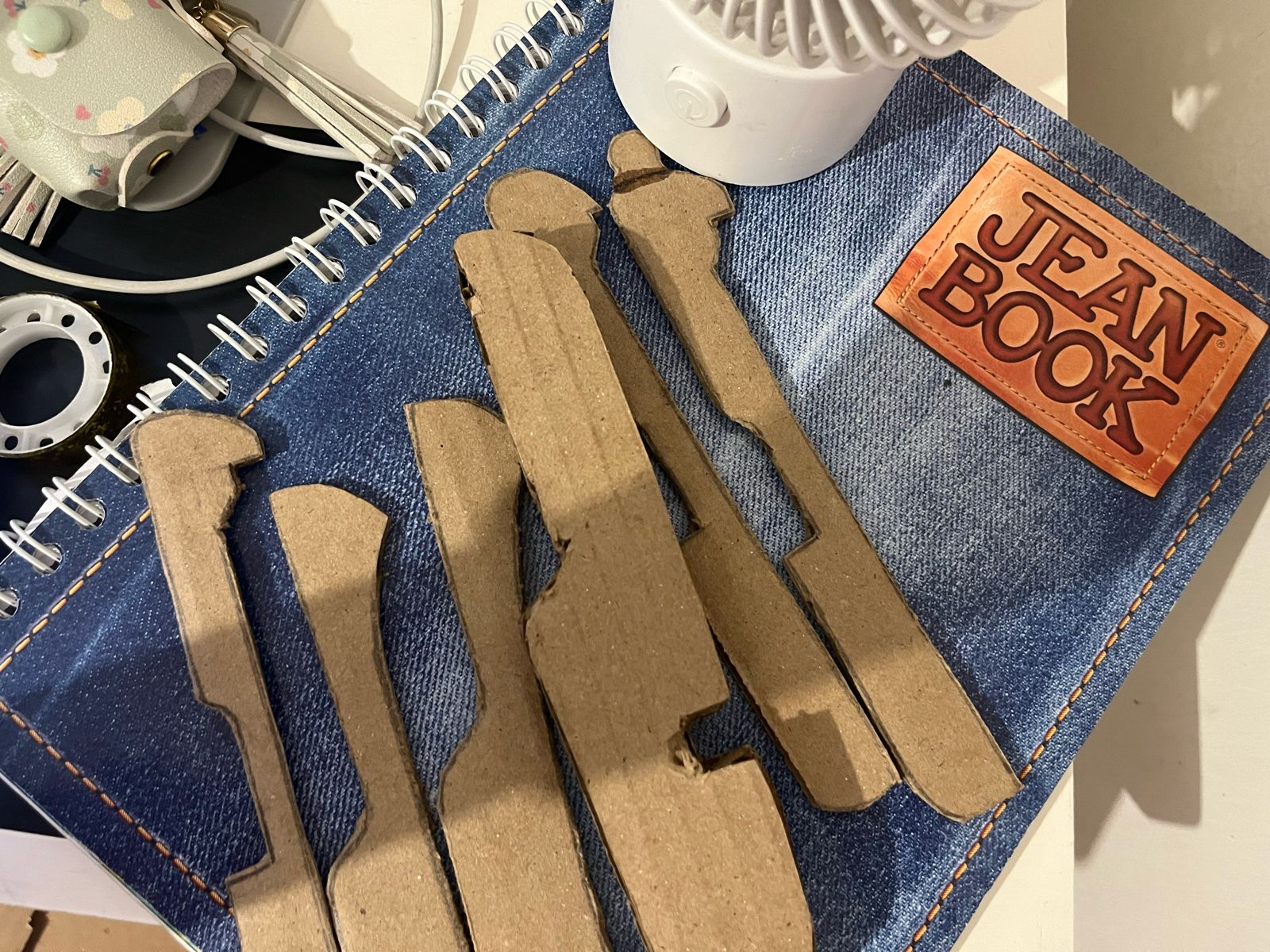
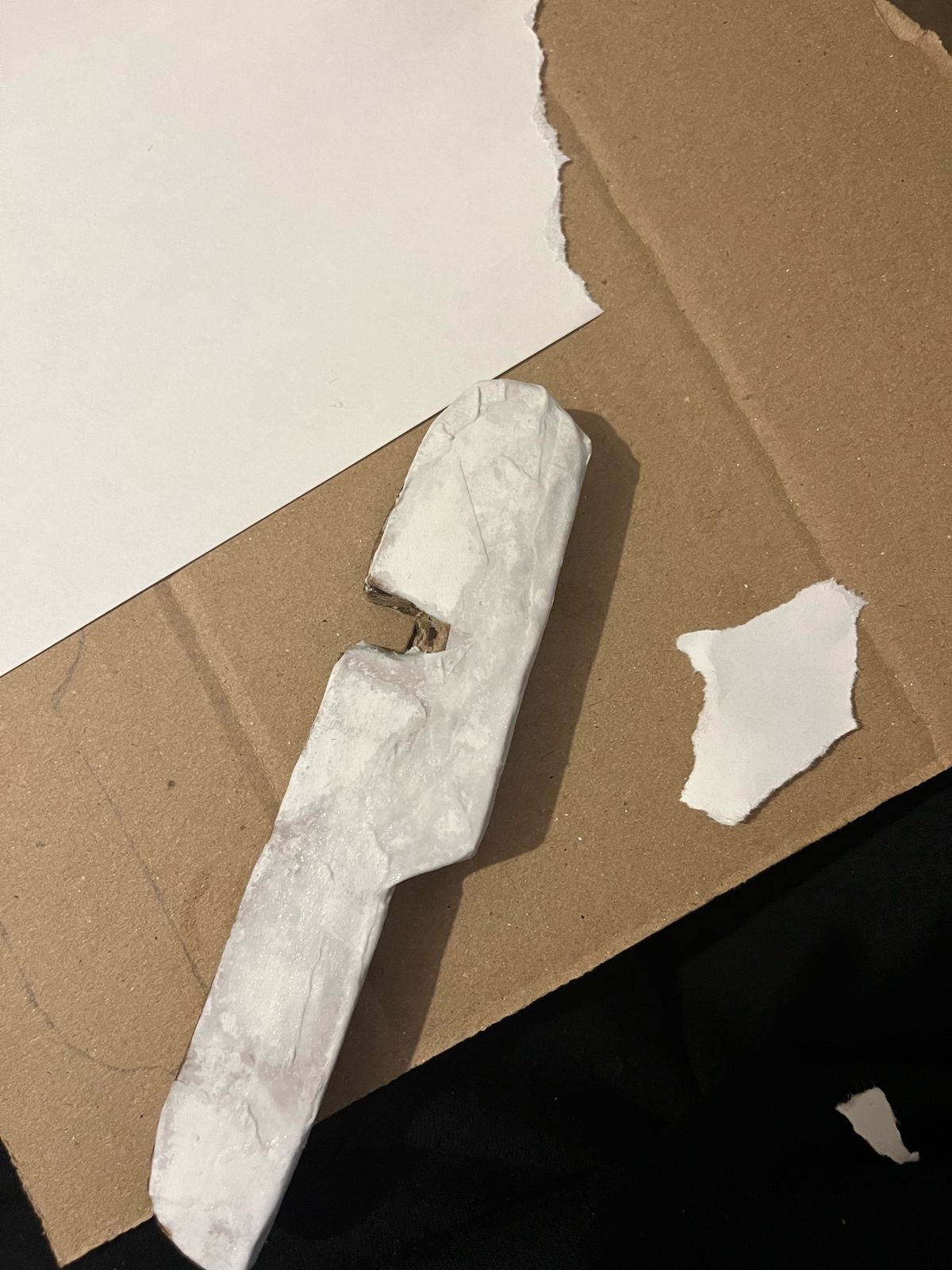
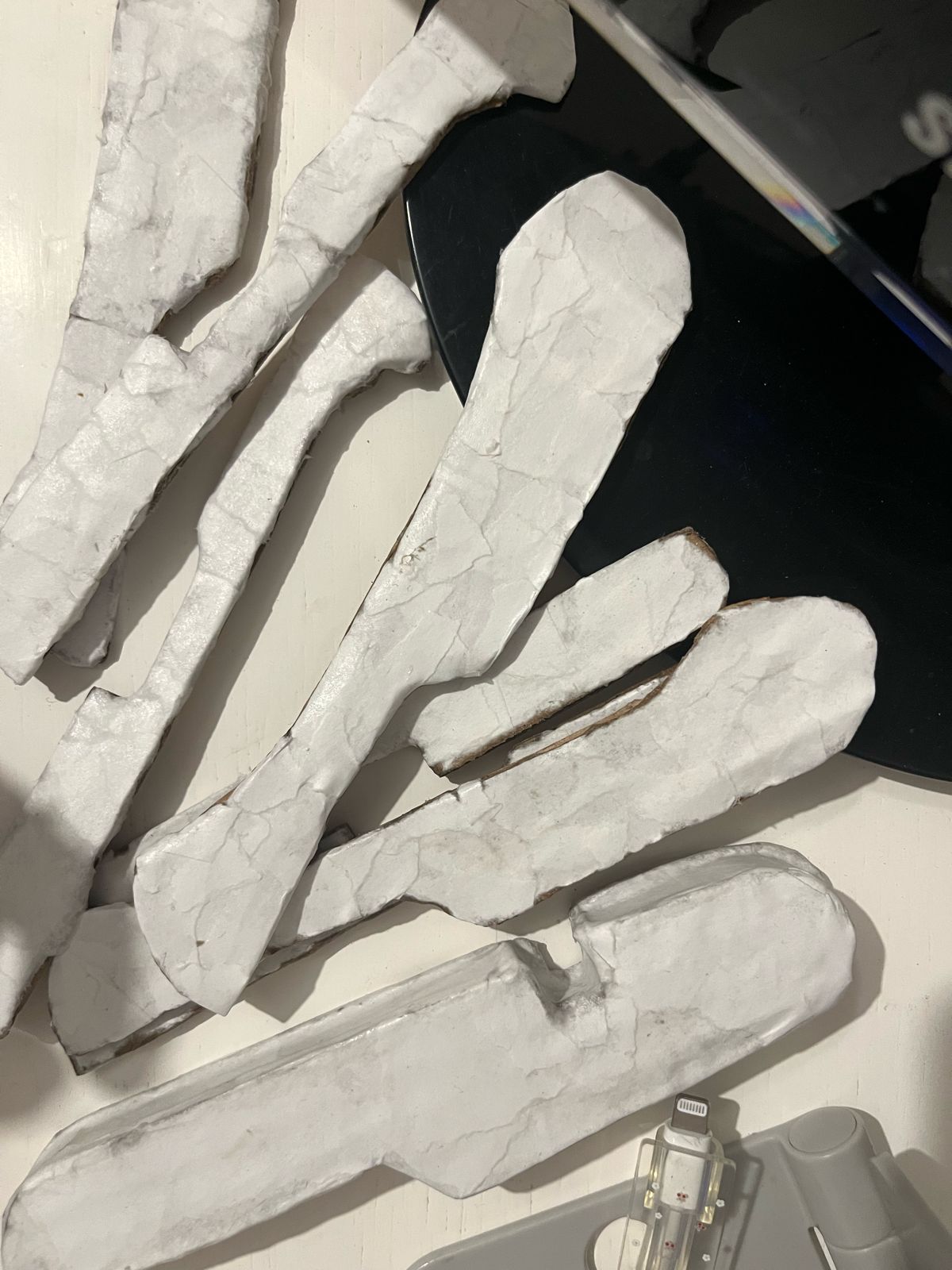
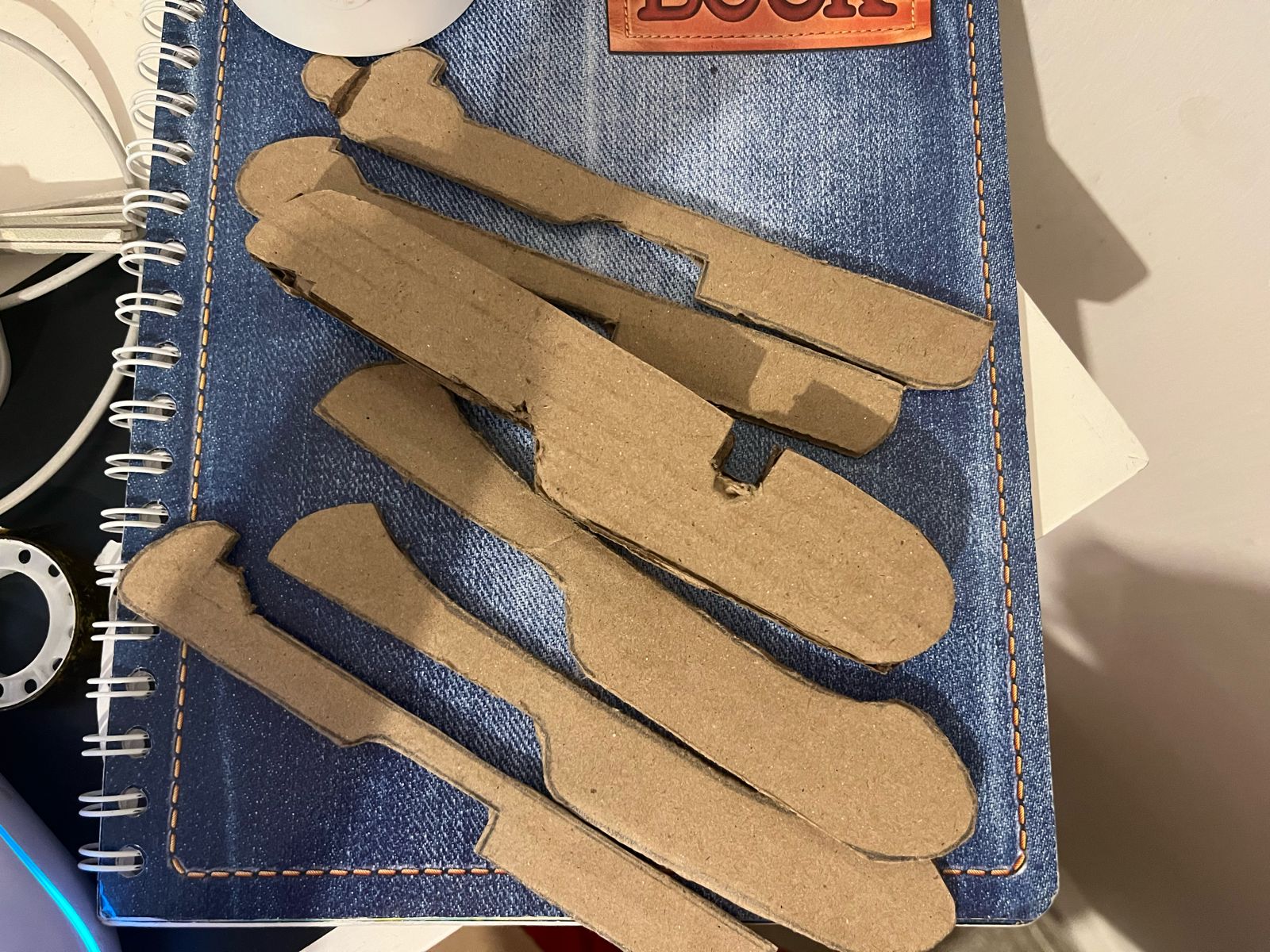
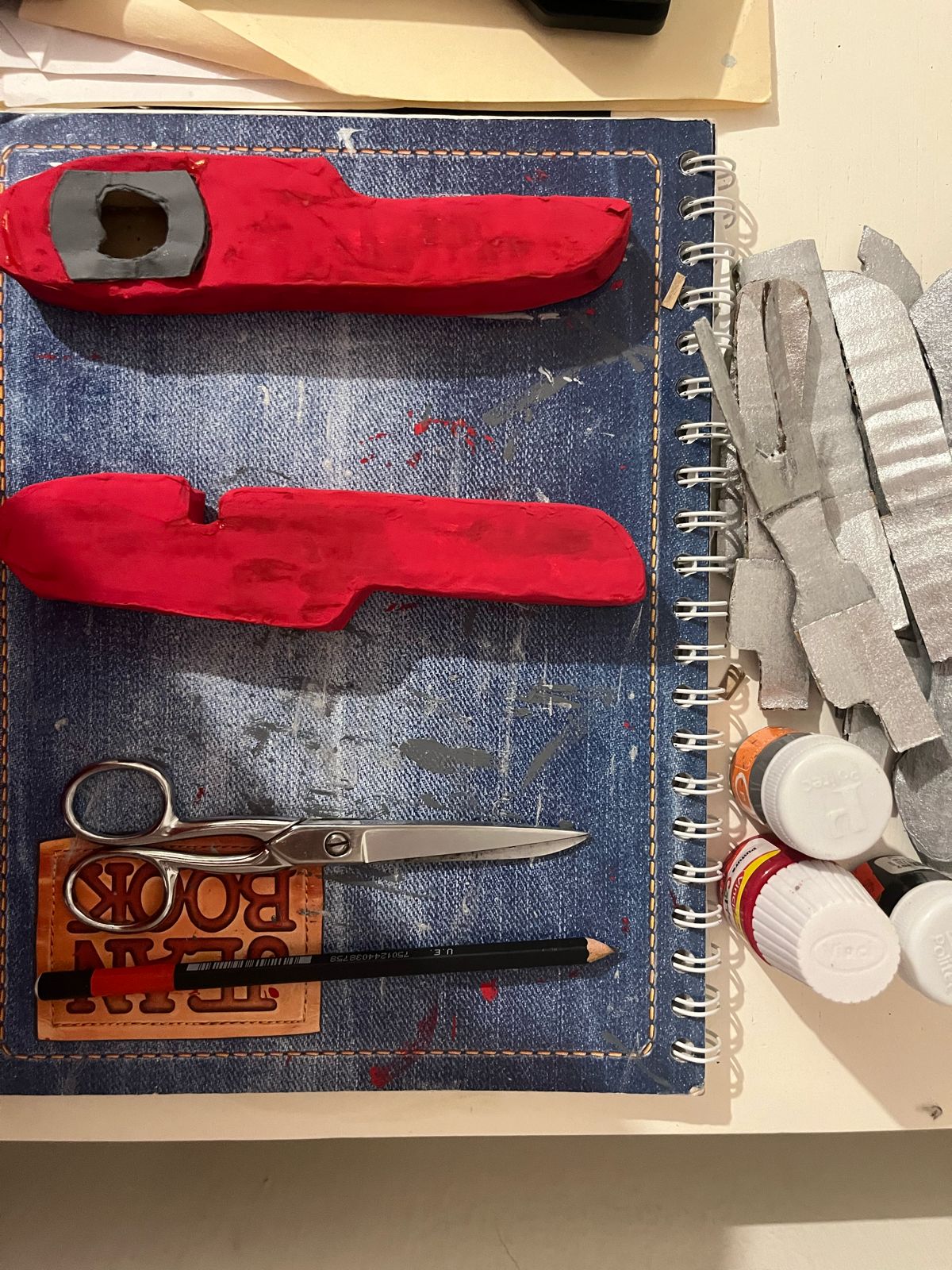
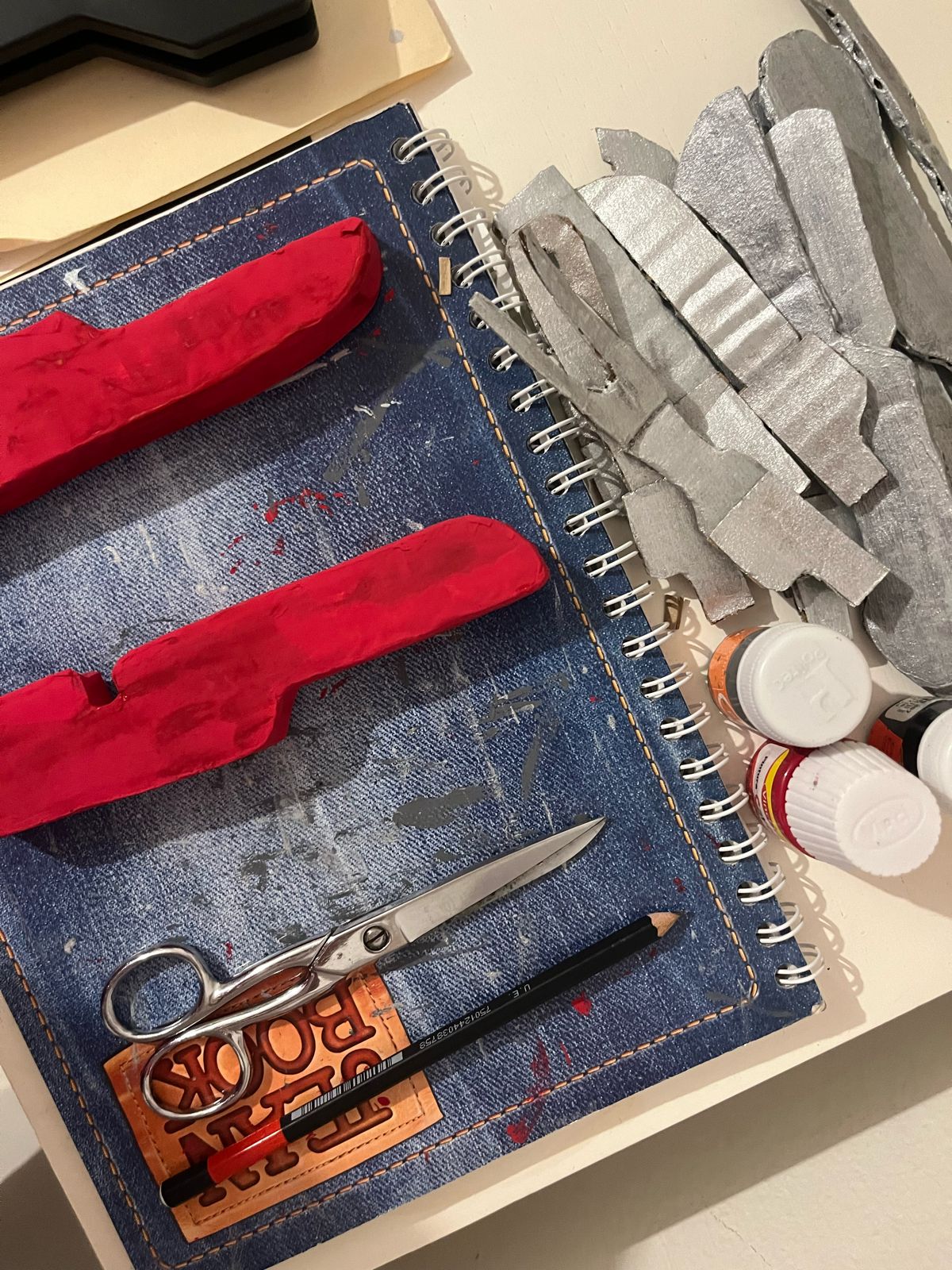
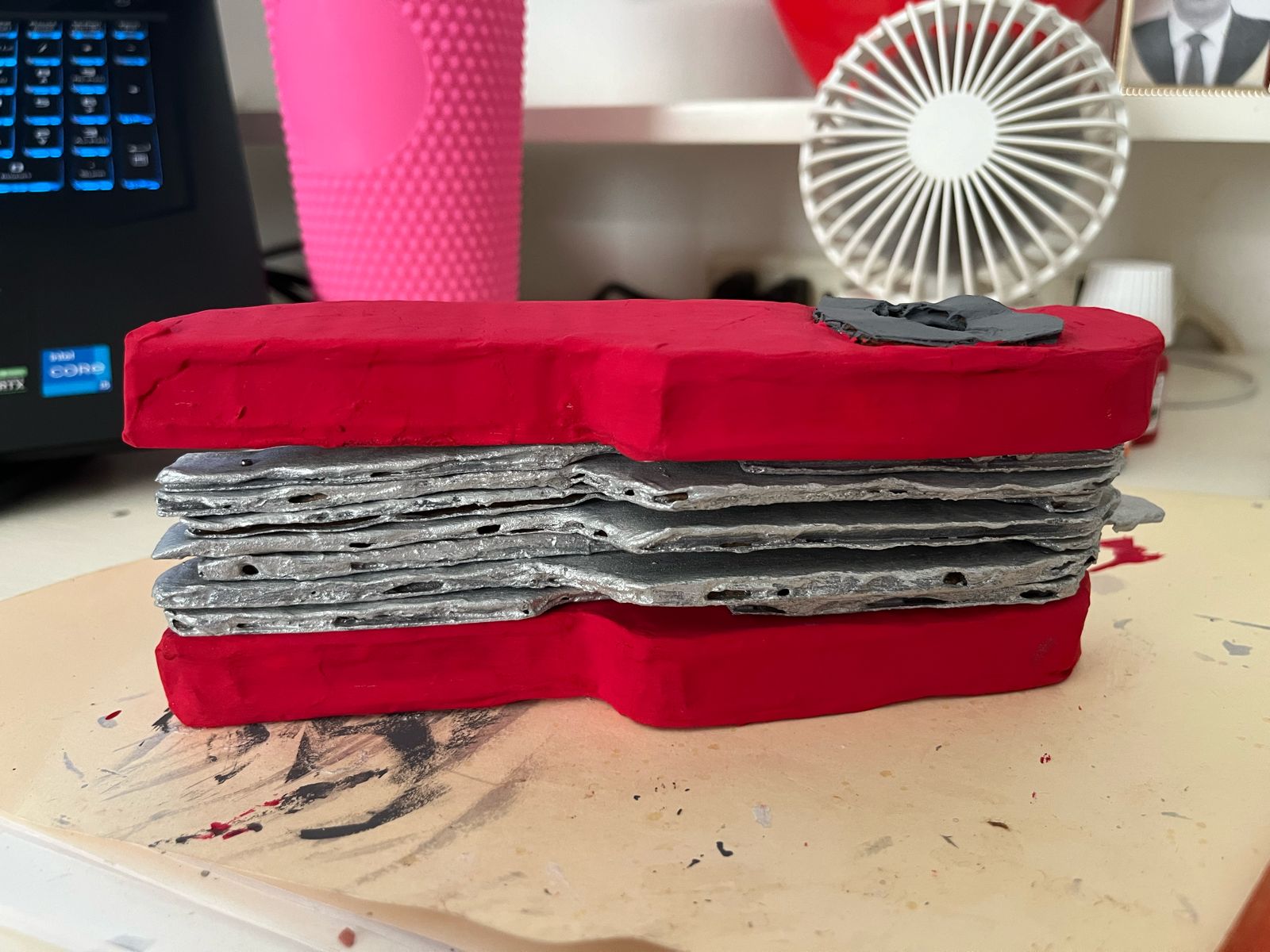
3D DESIGN OF THE PROTOTYPE
With today’s technology, creating a product prototype is easier, and 3D programs help designers generate designs depicted in sketches.
By modeling in 3D, everything can be controlled: dimensions, cuts, pieces, functions, and mechanisms of the object, giving a more detailed and realistic idea of the product.
Today, using these programs allows not only for a realistic image but also for direct 3D printing, aiding in getting the required object or piece directly from the program.
For this project, the student used Autodesk’s FUSION 360 software, where she modeled her product and generated render images of it.
FINAL PROTOTYPE
For the final presentation, the prototype was requested to be presented and photographed while being shown with the renders.
With the Swiss Army Knife that the student worked on, a larger-scale prototype was allowed to appreciate the details and the concept.
Source: Student´s work
Bachelor’s Degree in Animation and Digital Design
More news about Animation and Digital Design…


